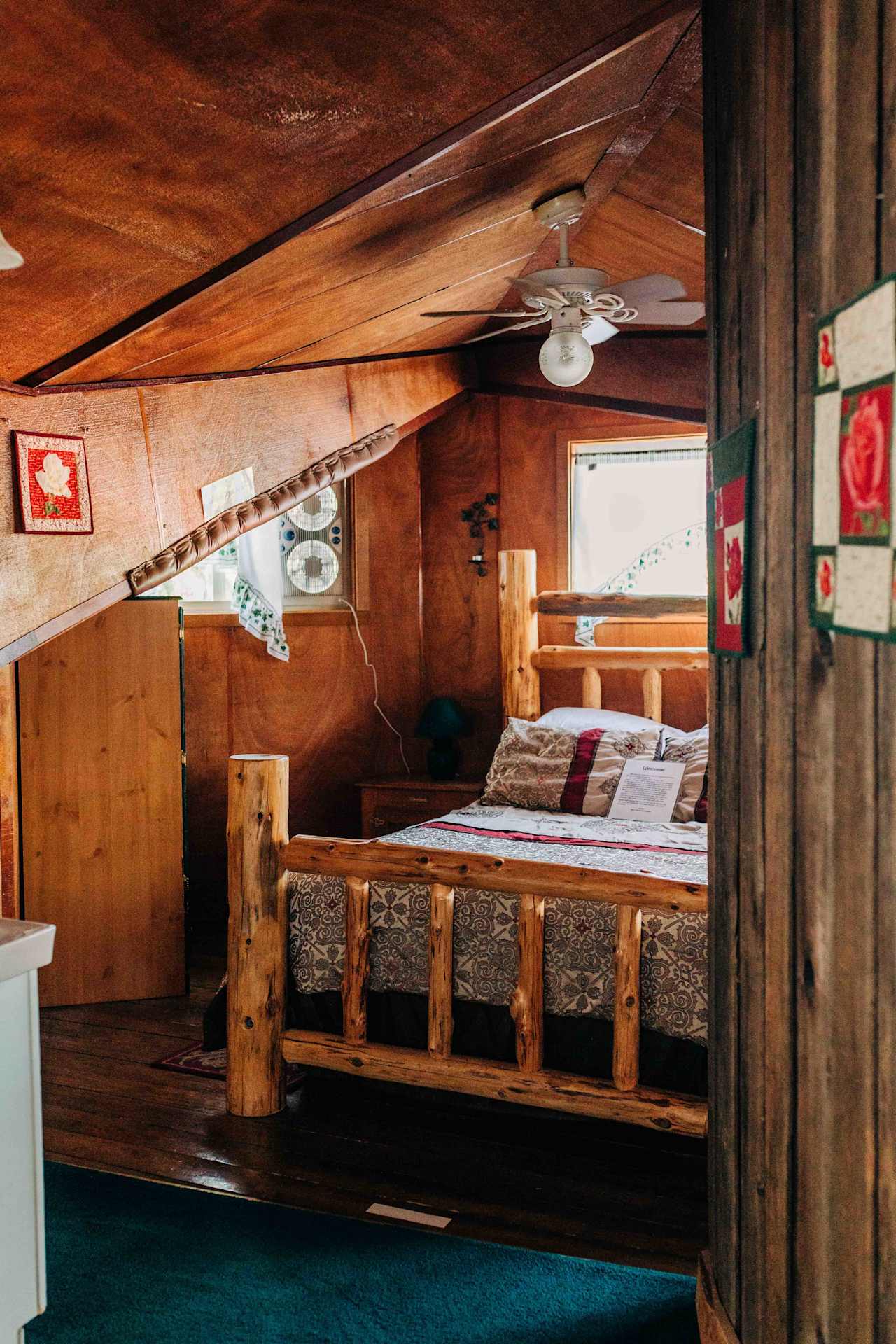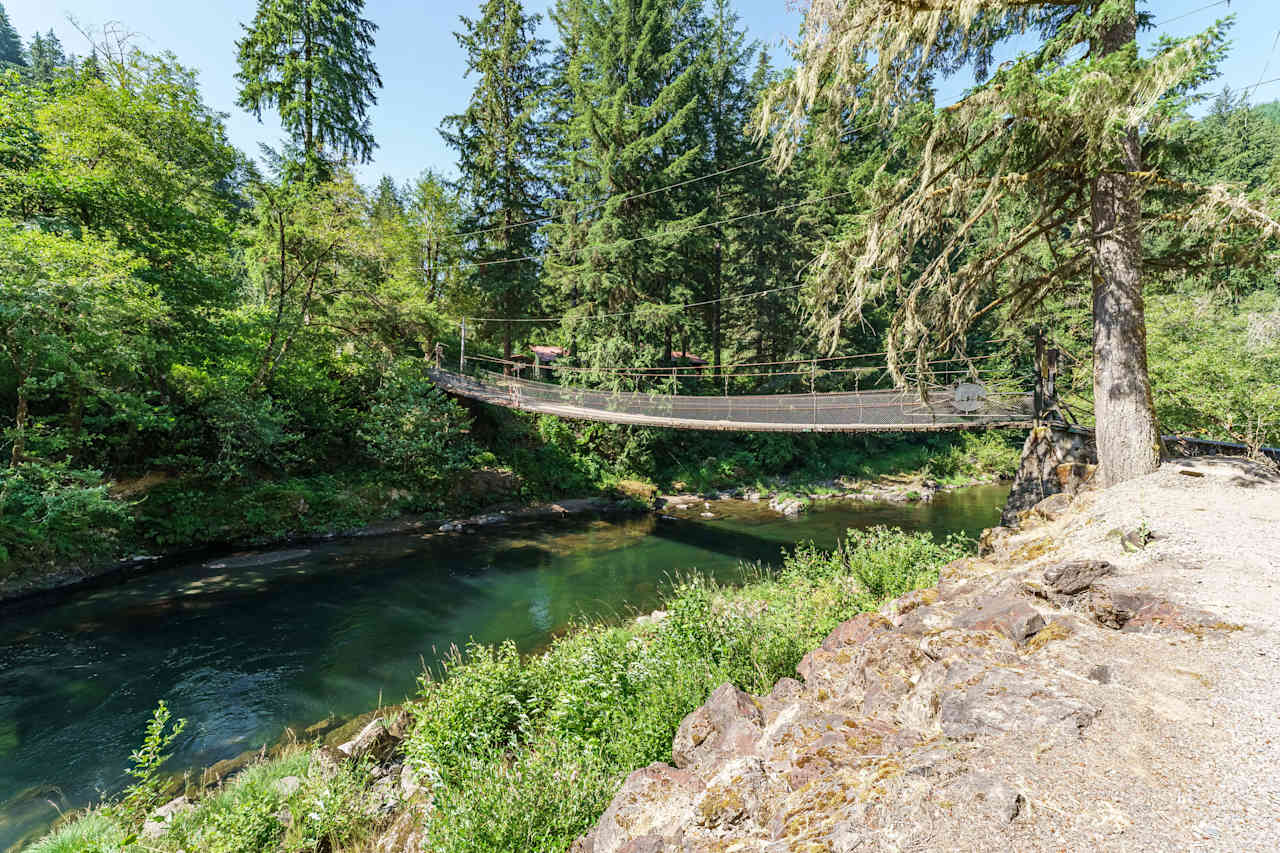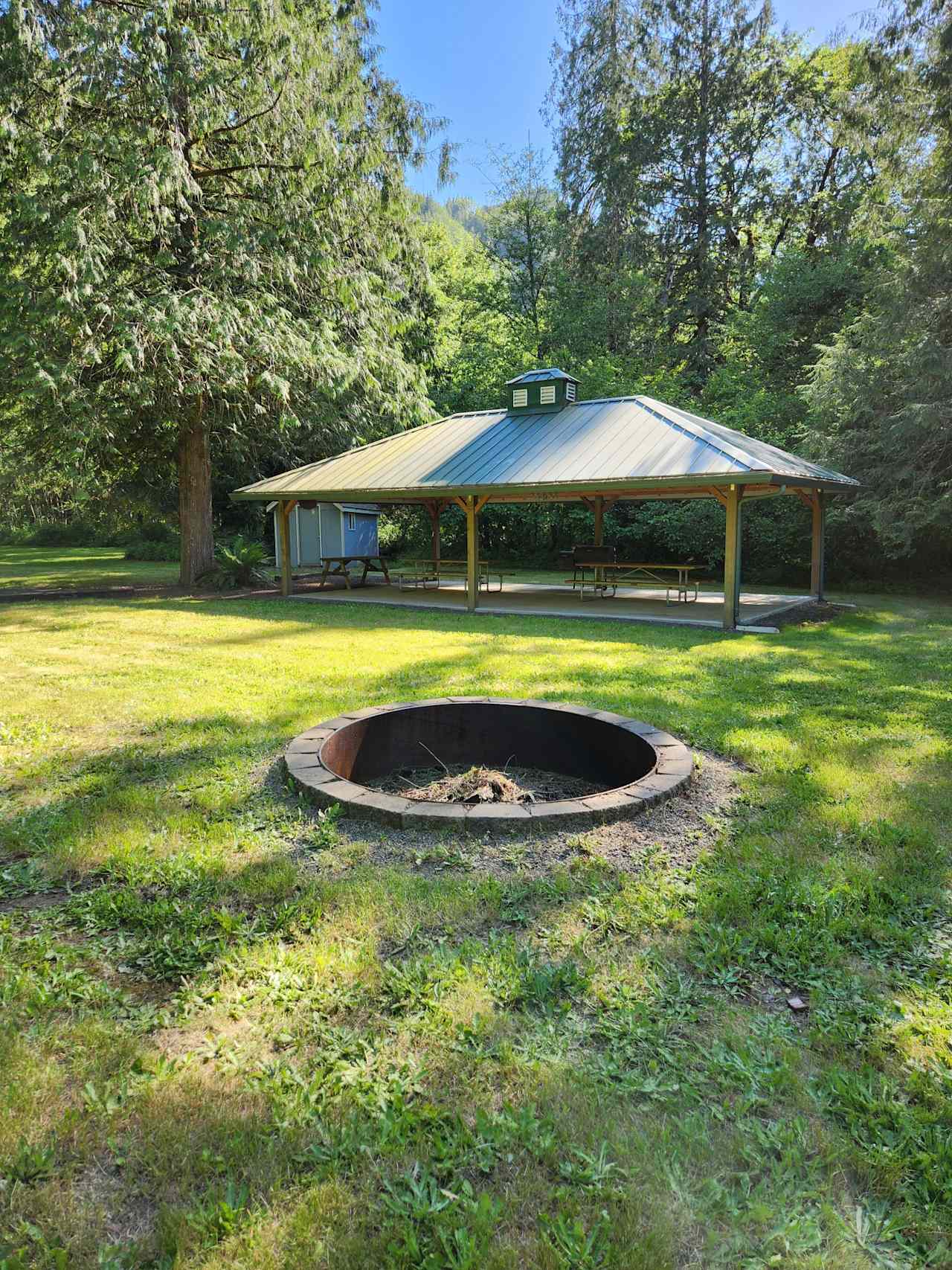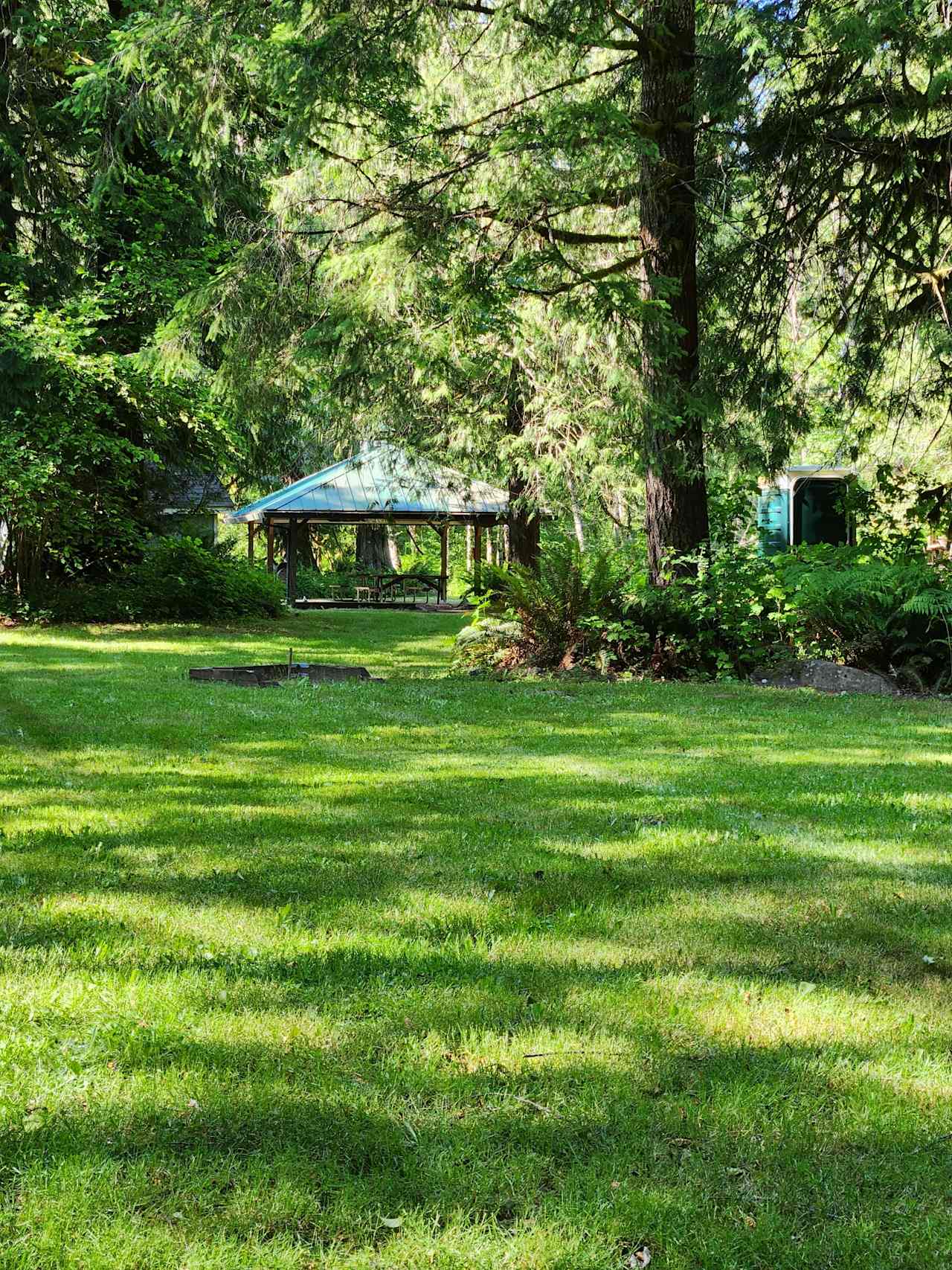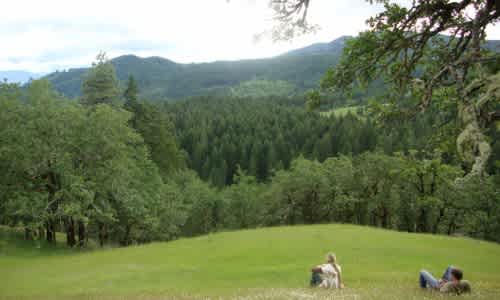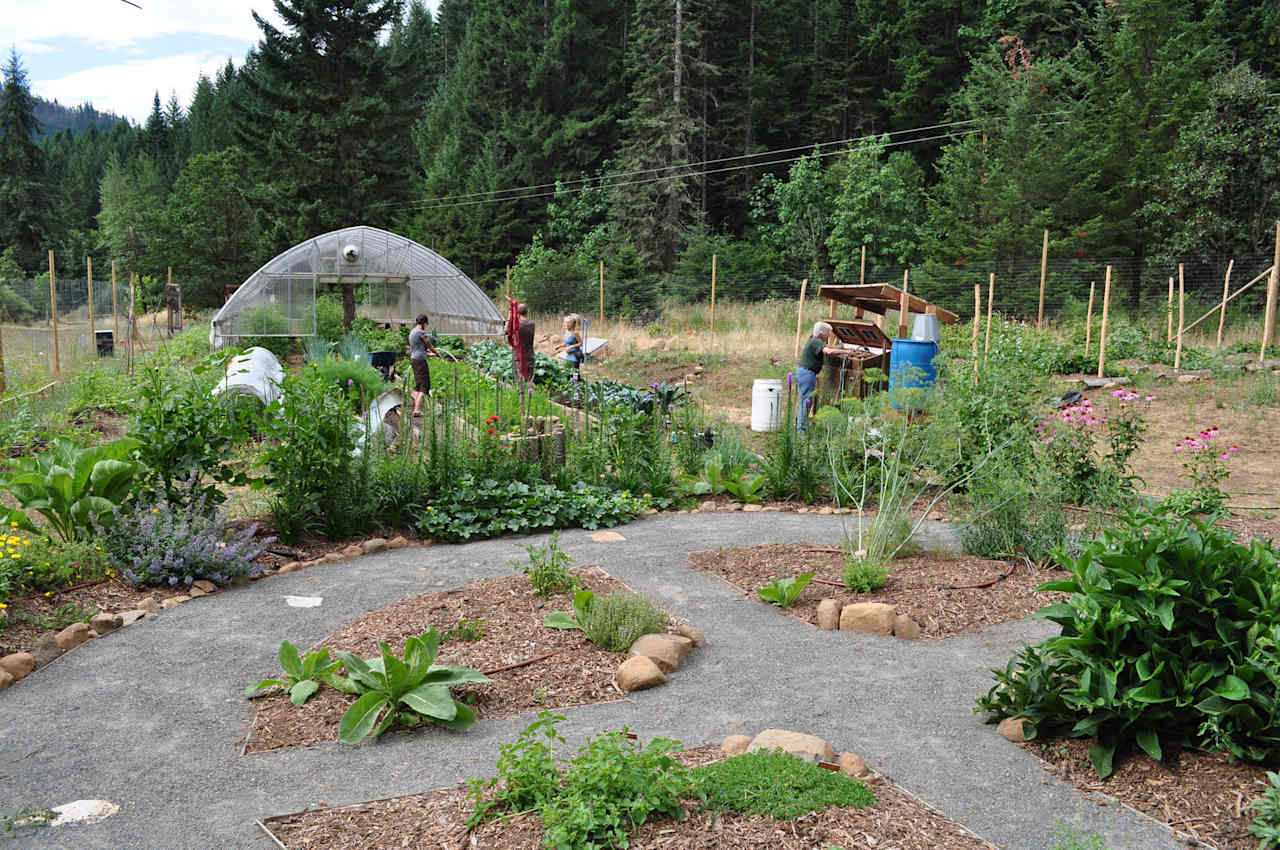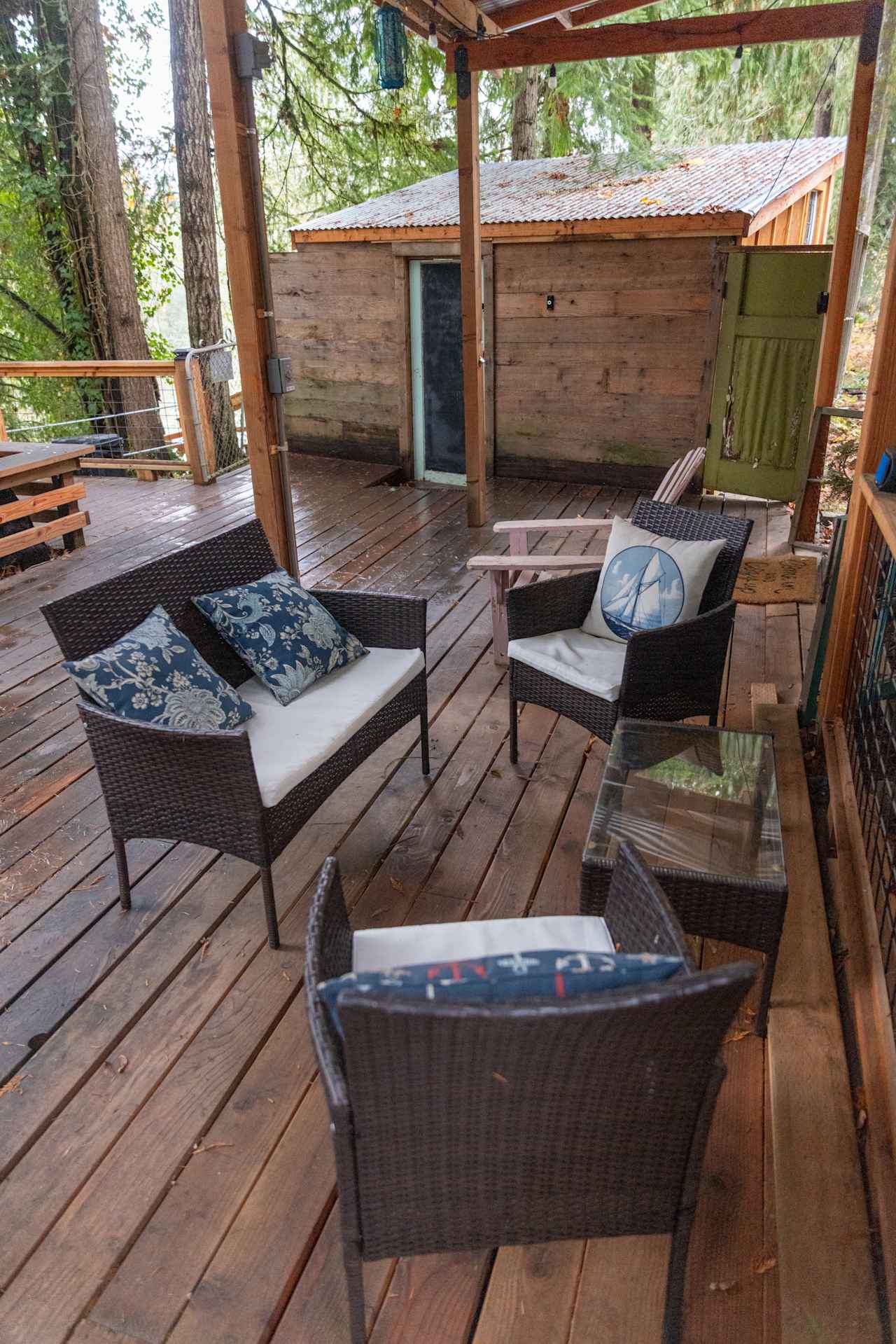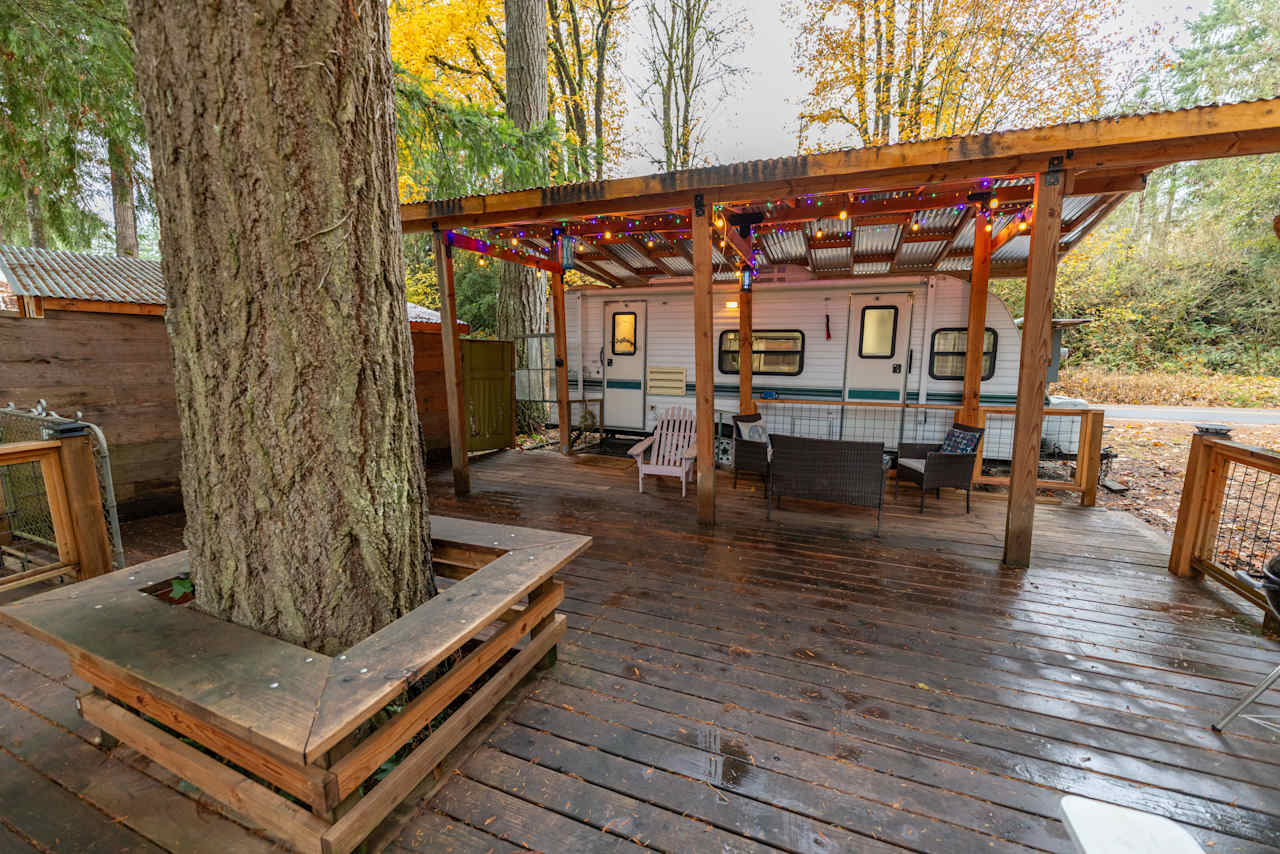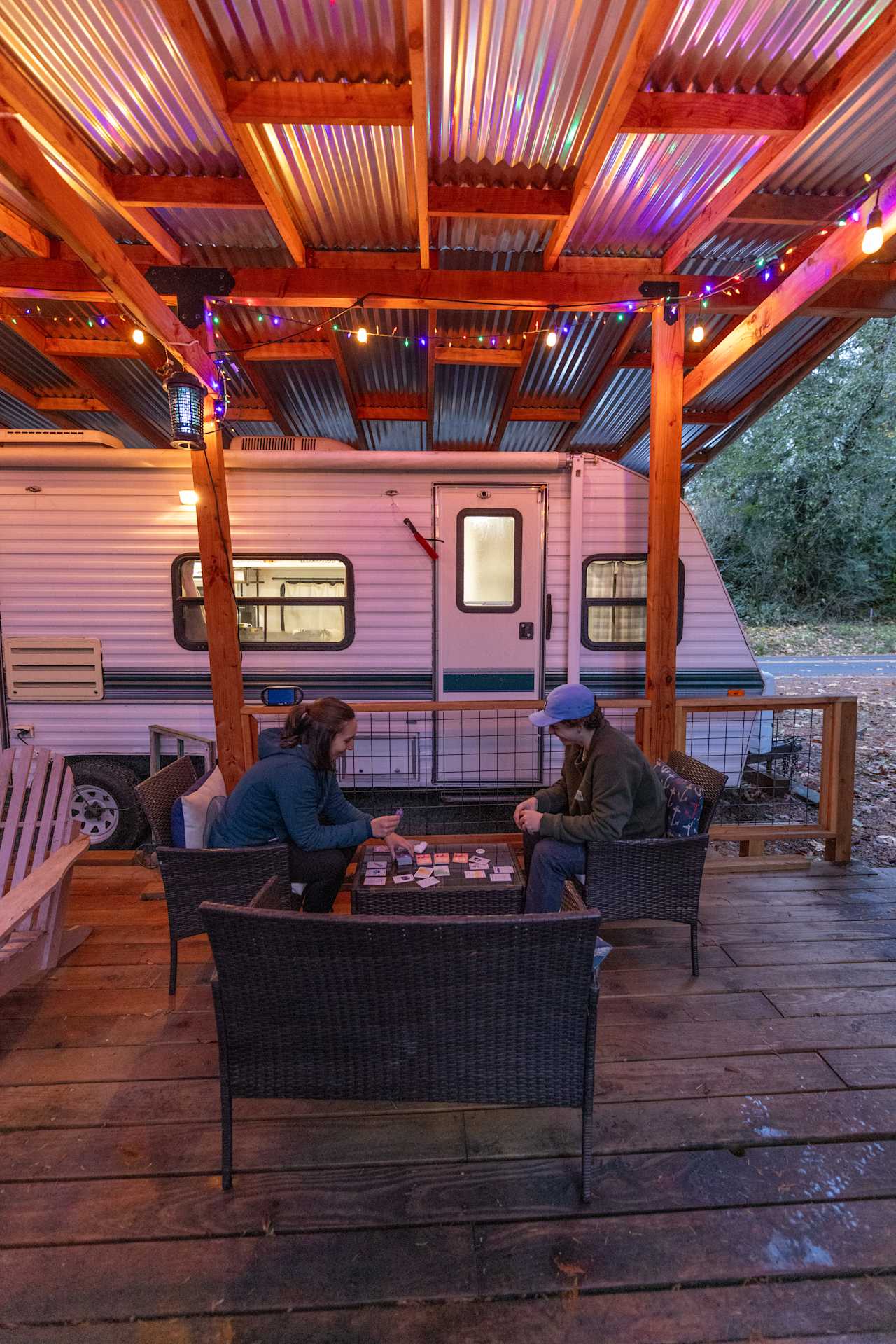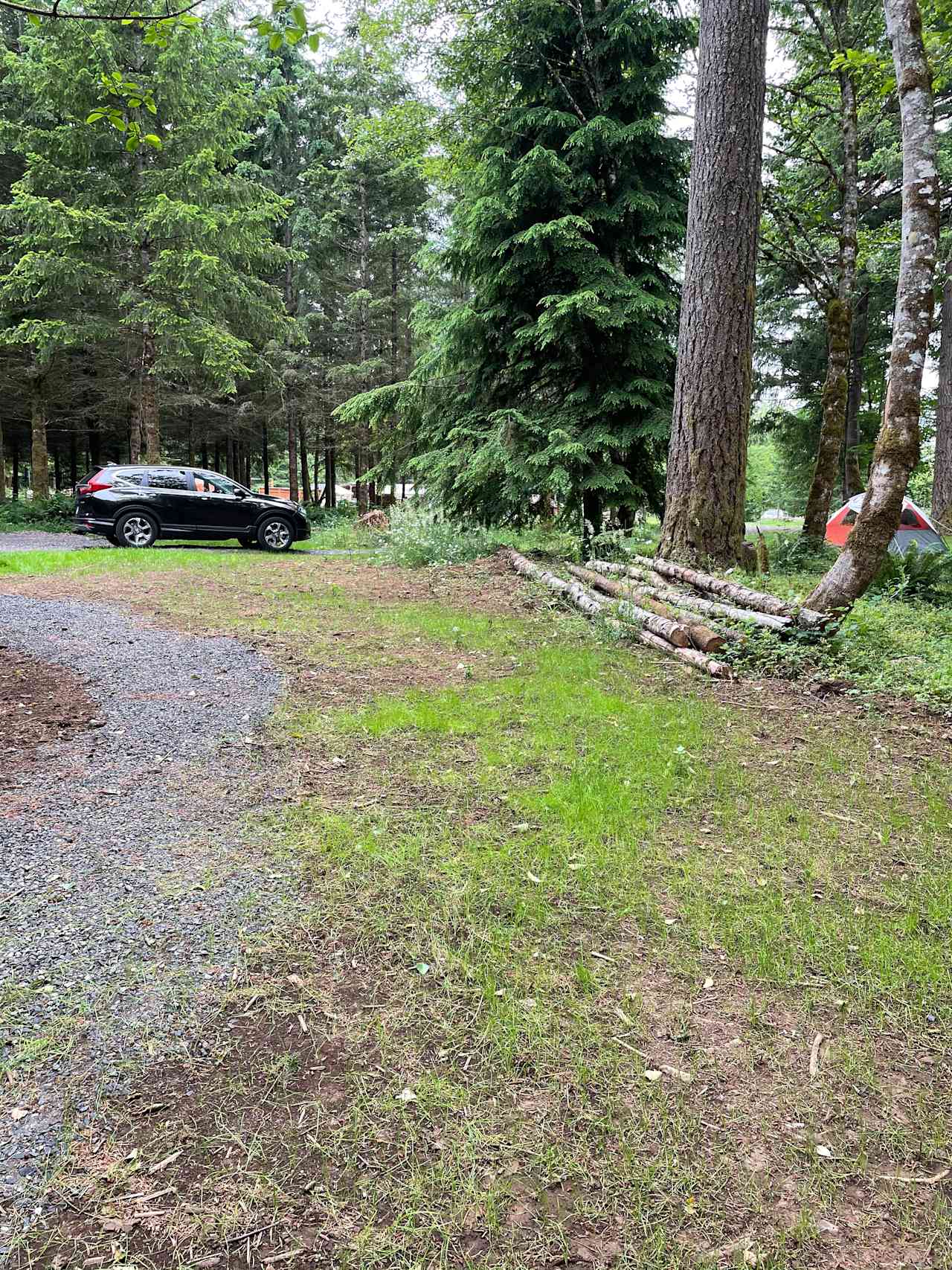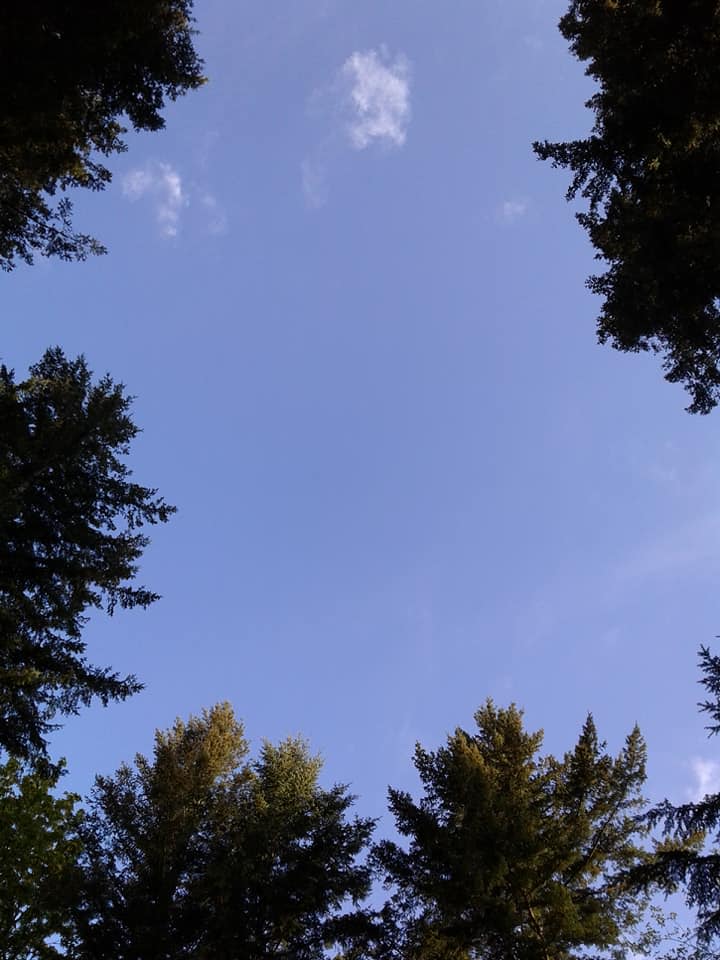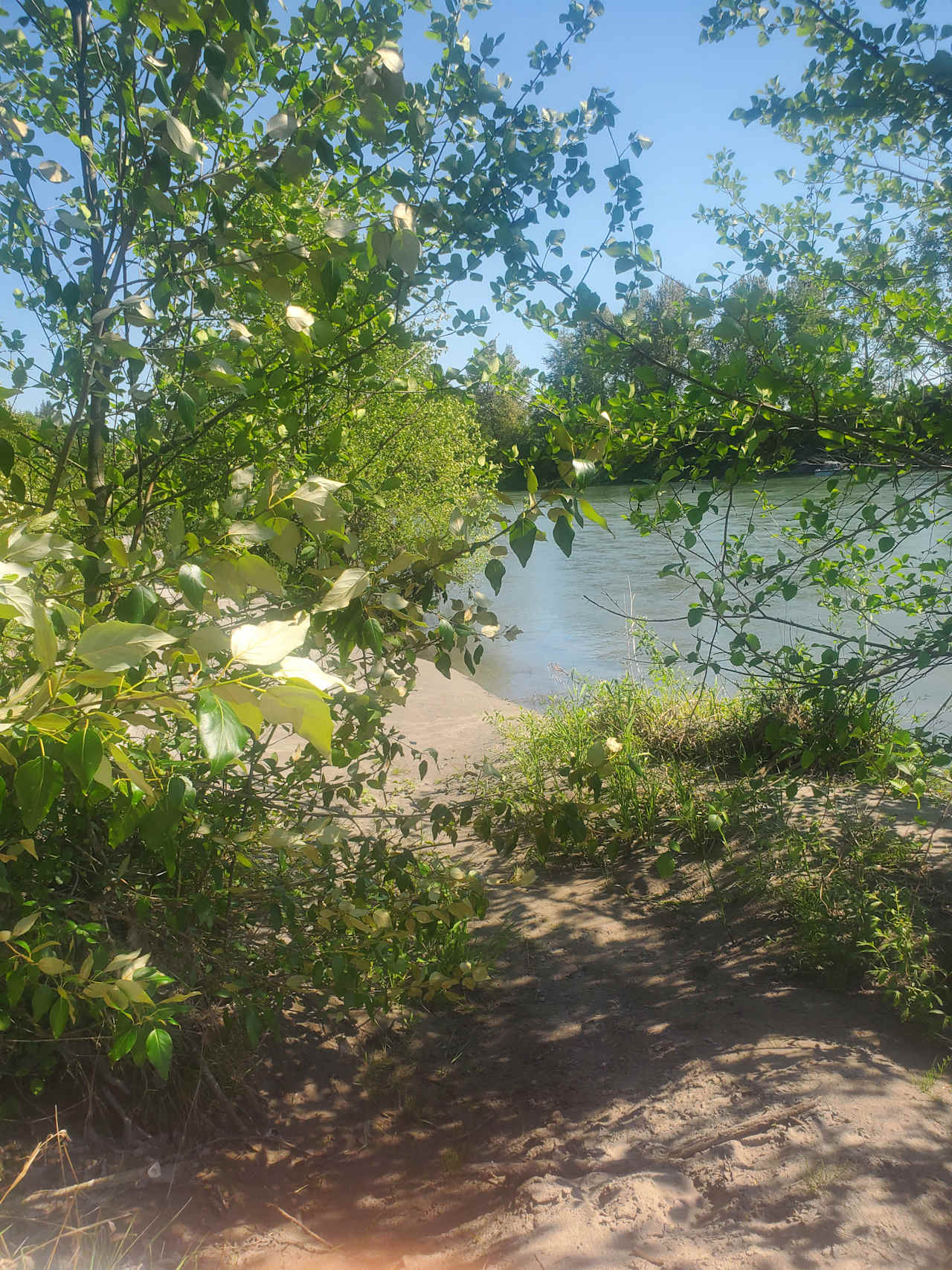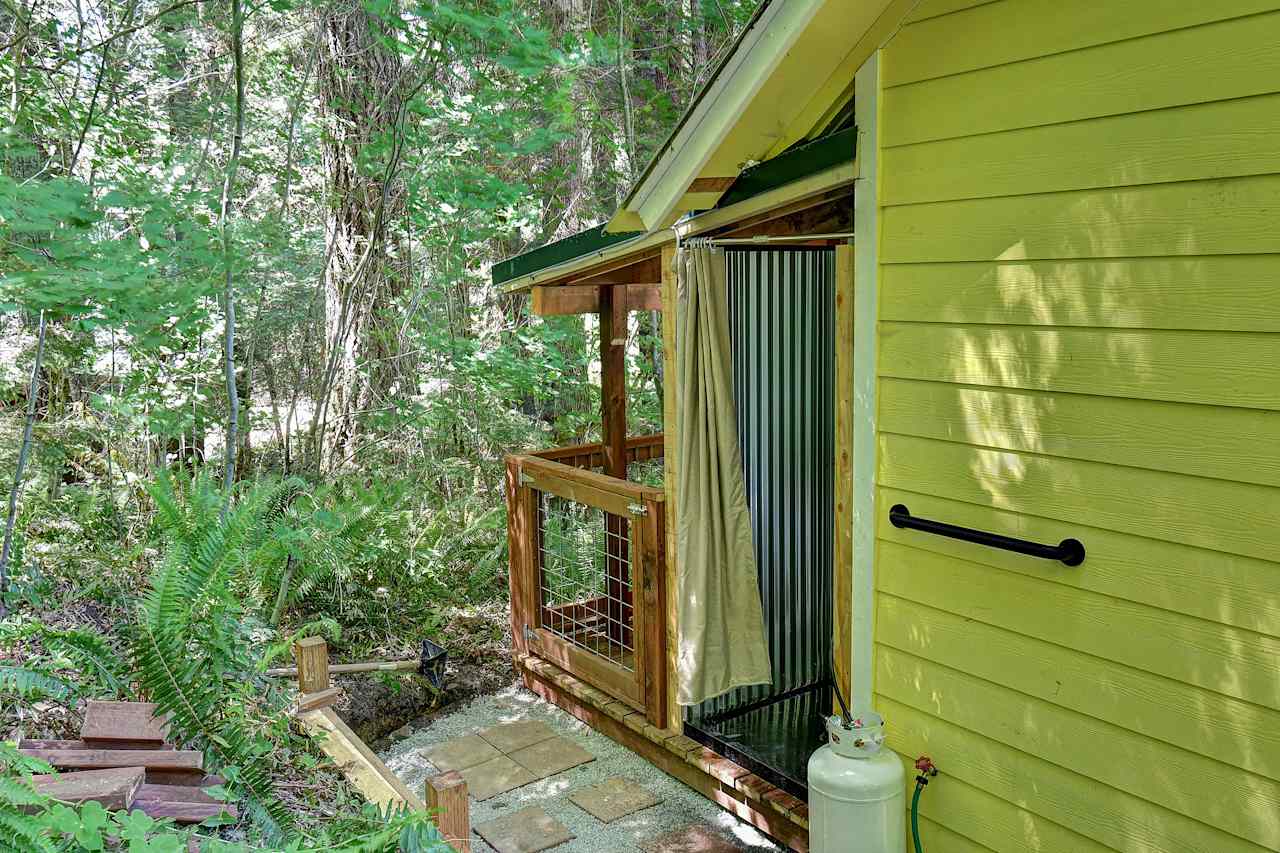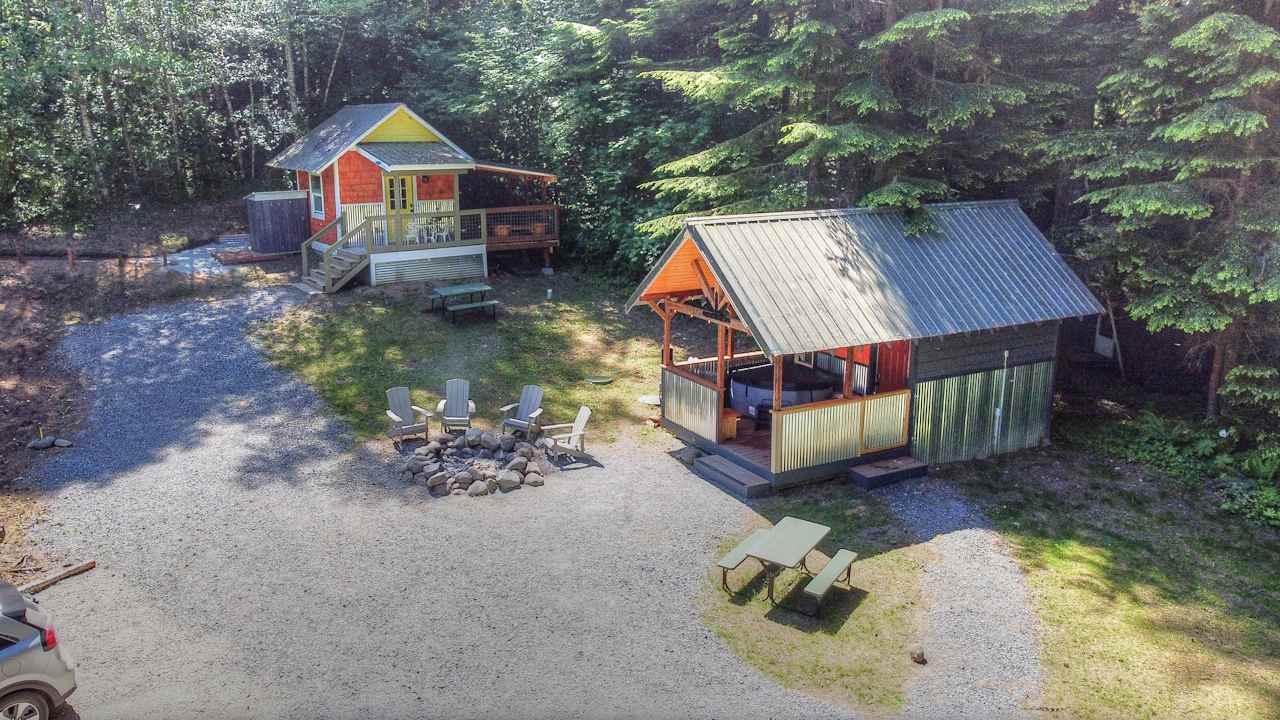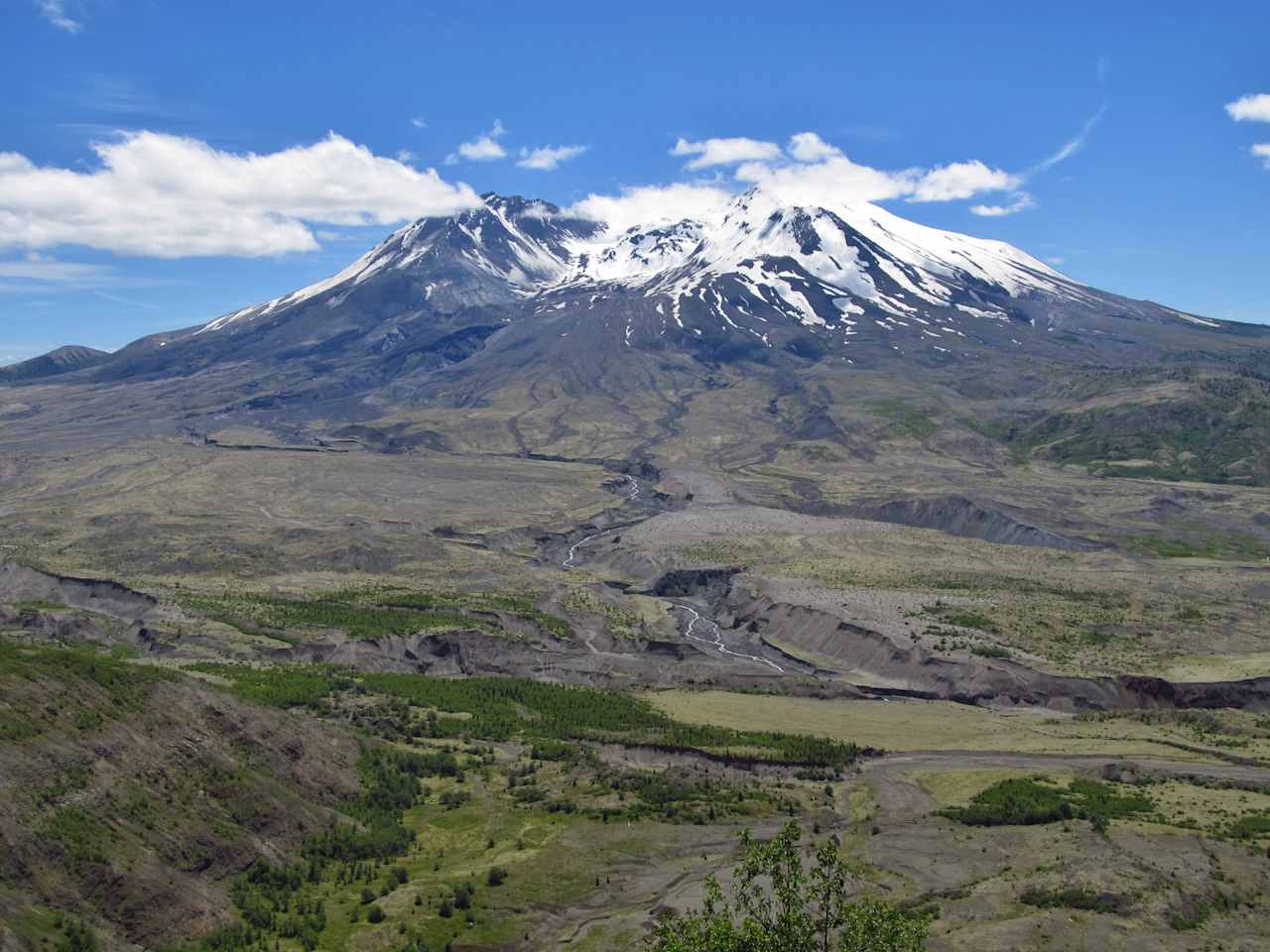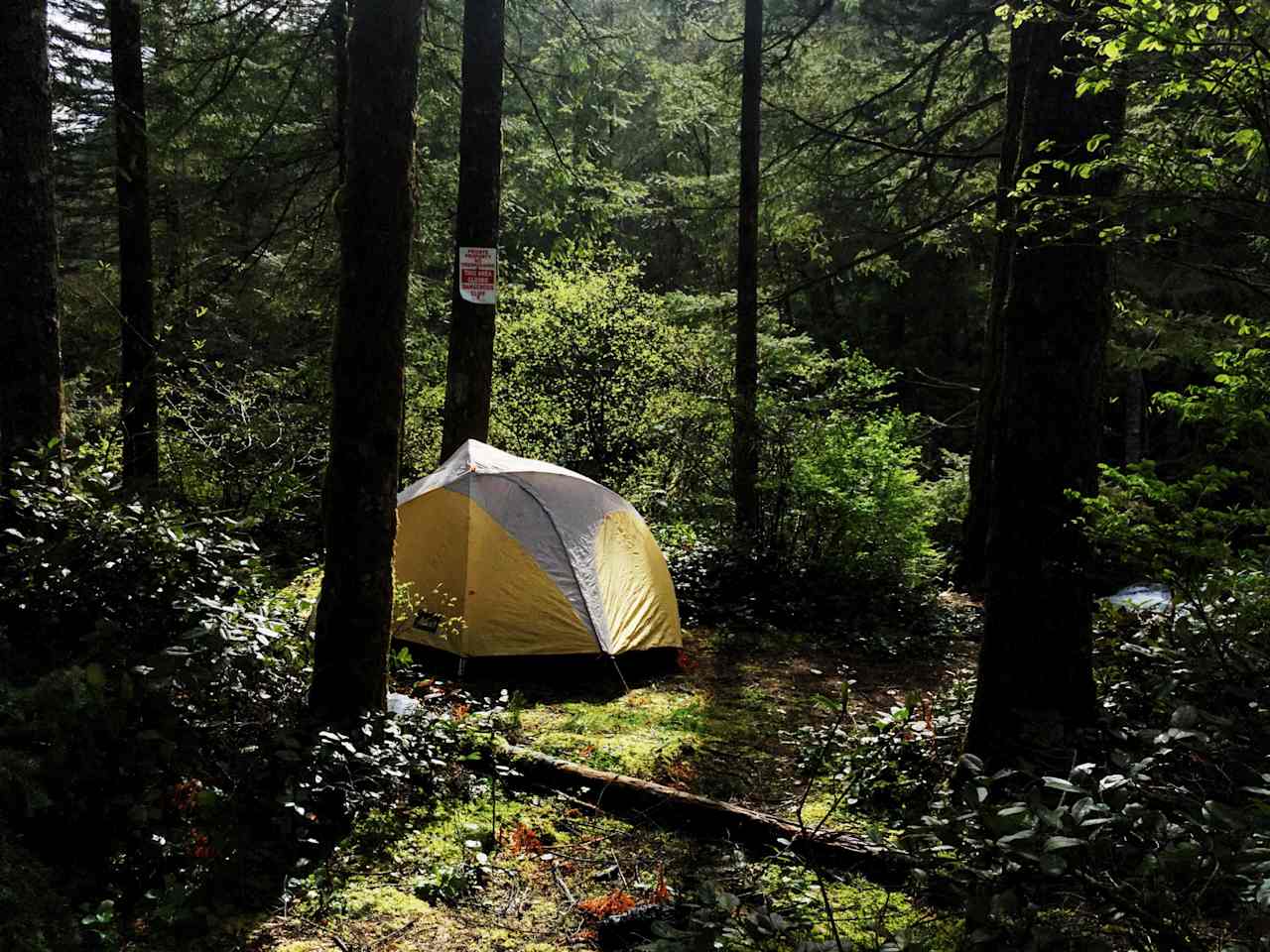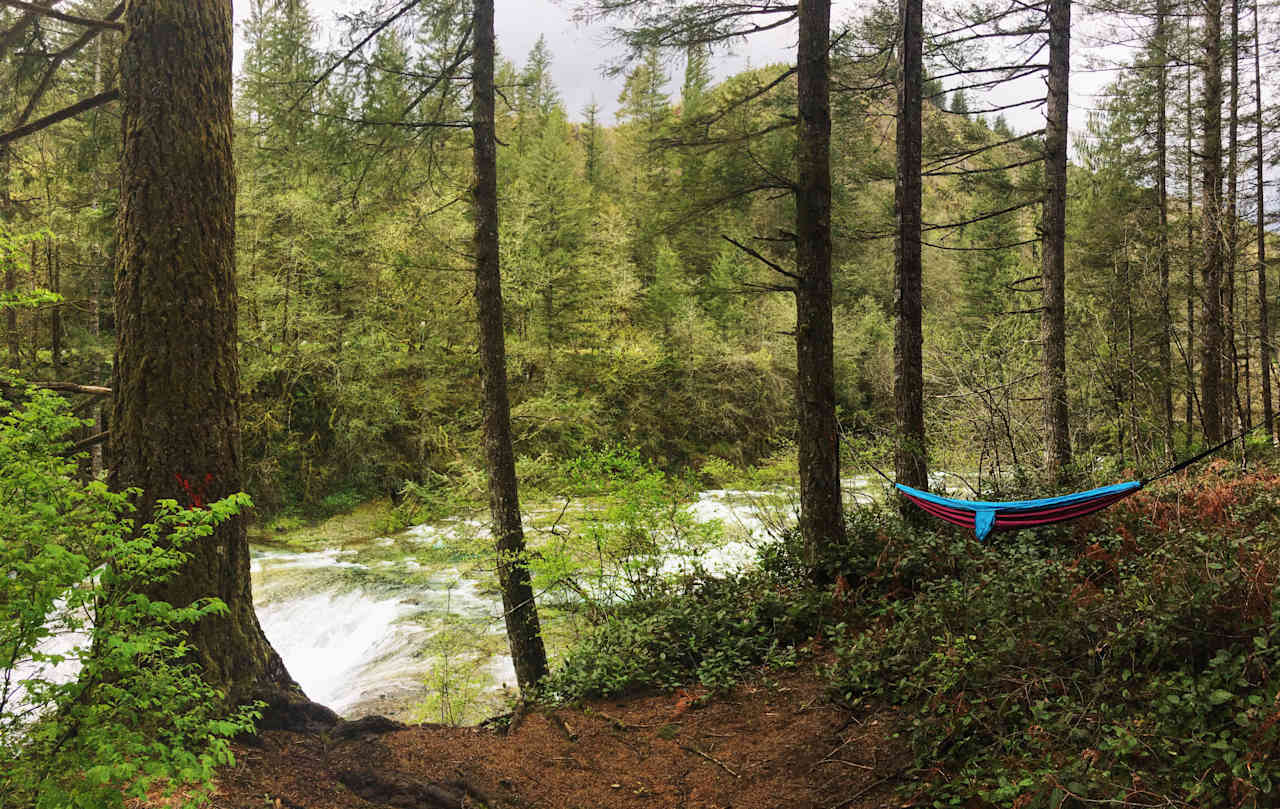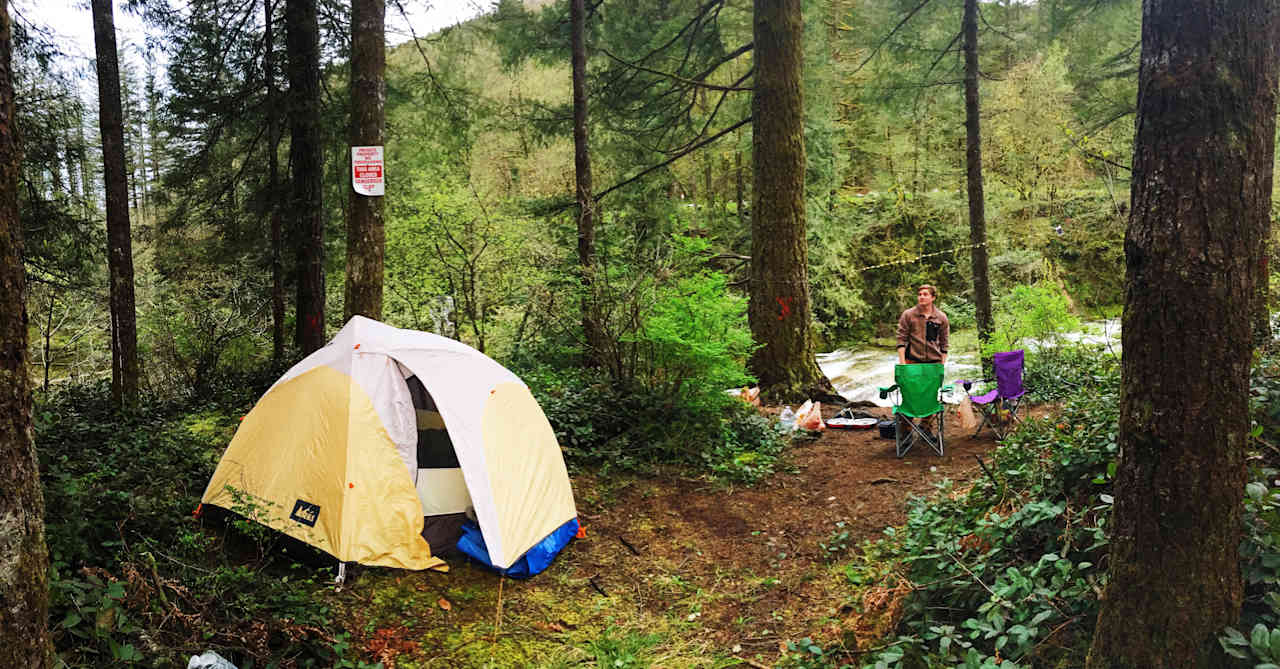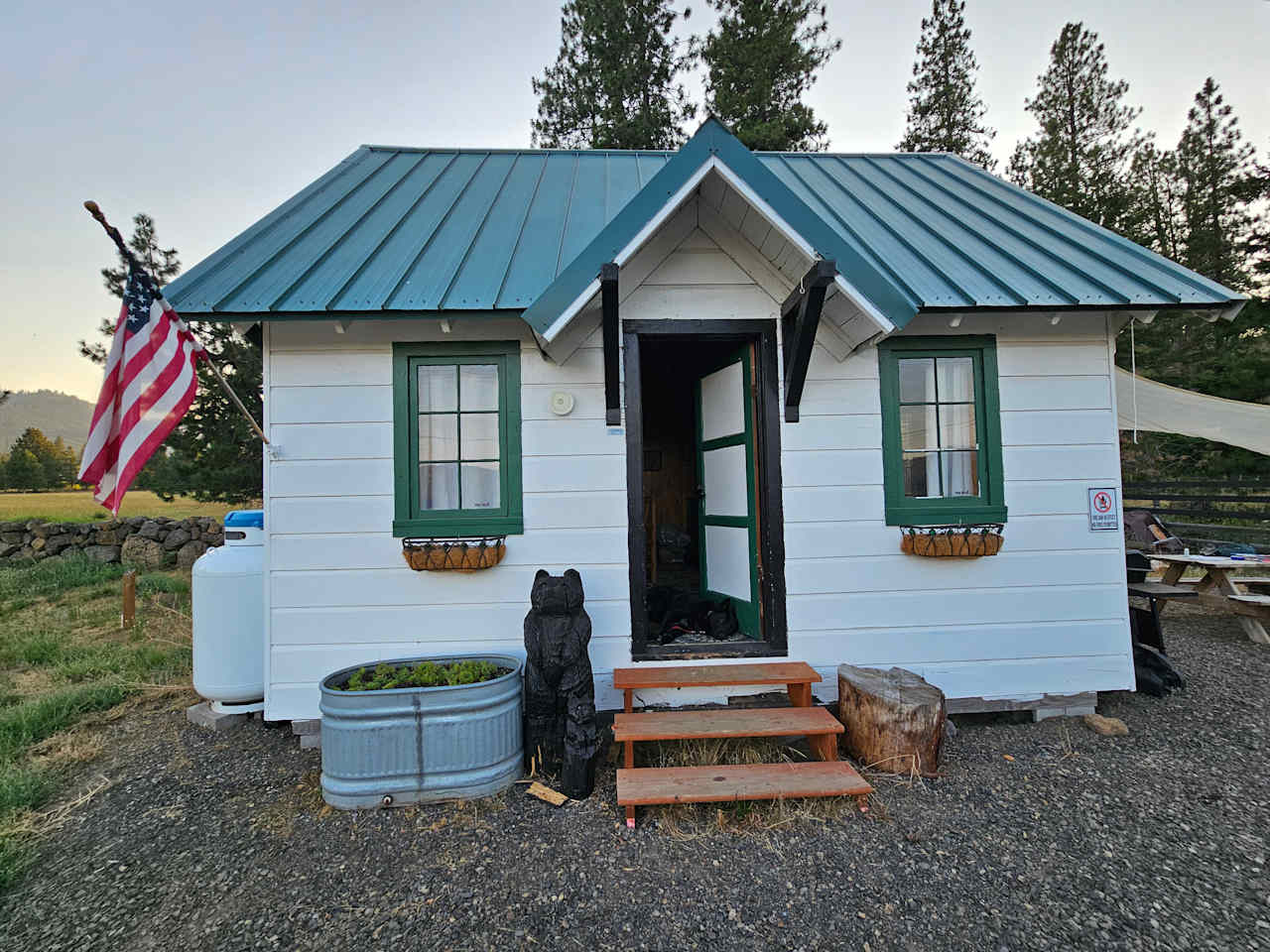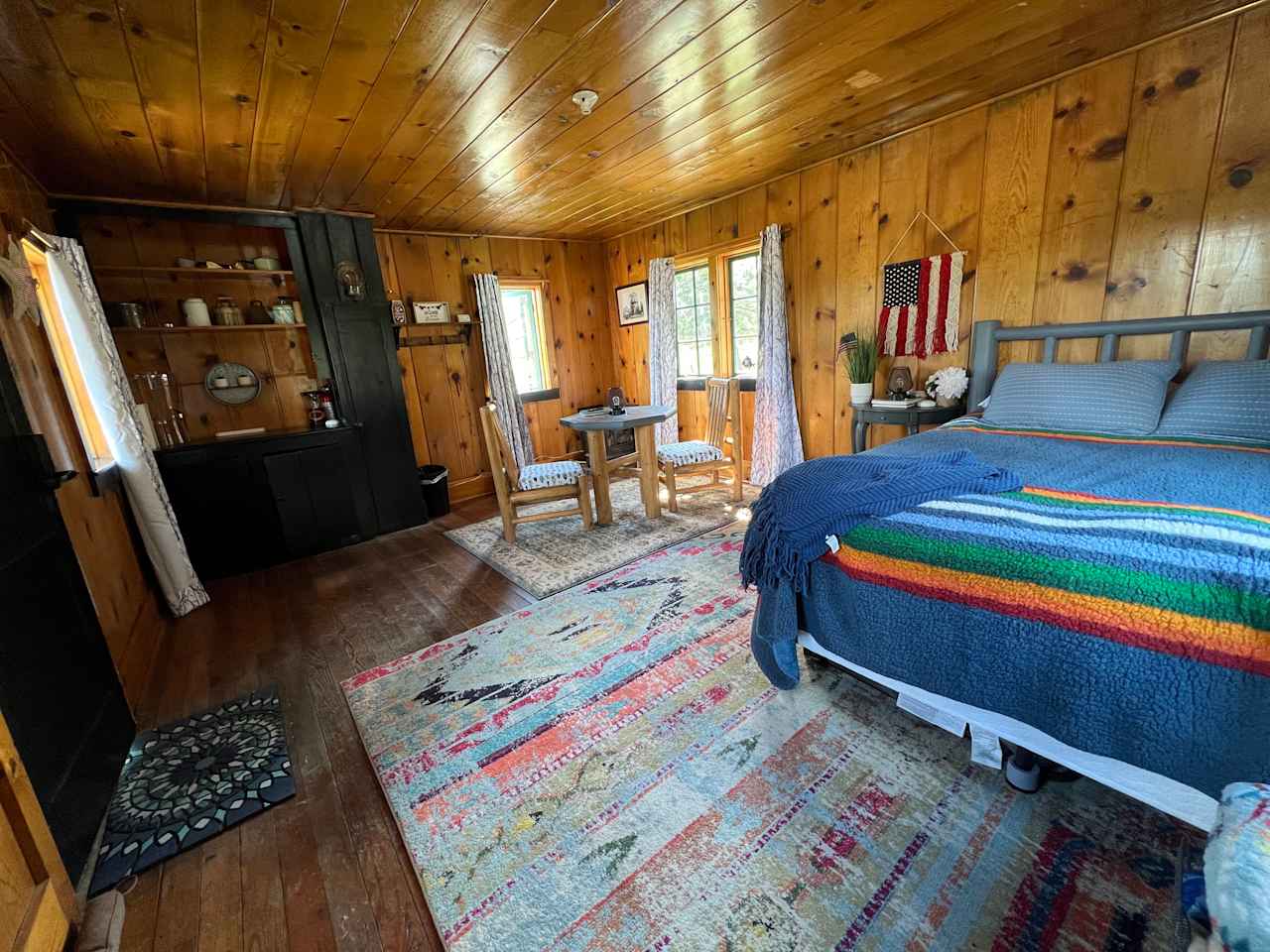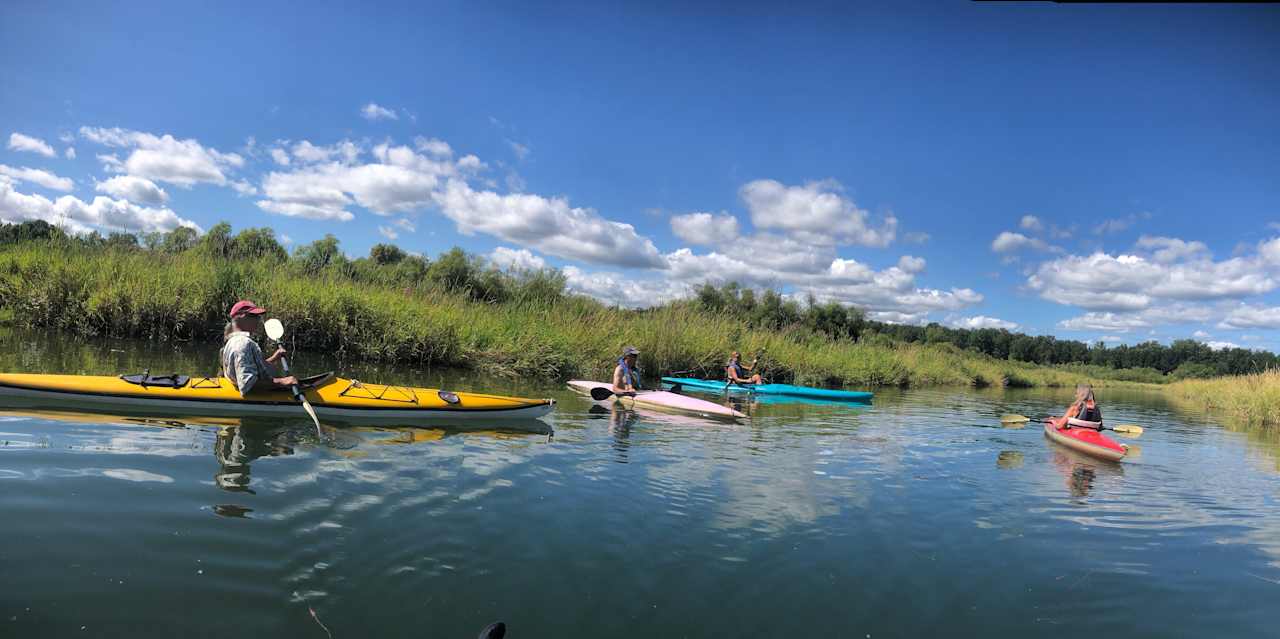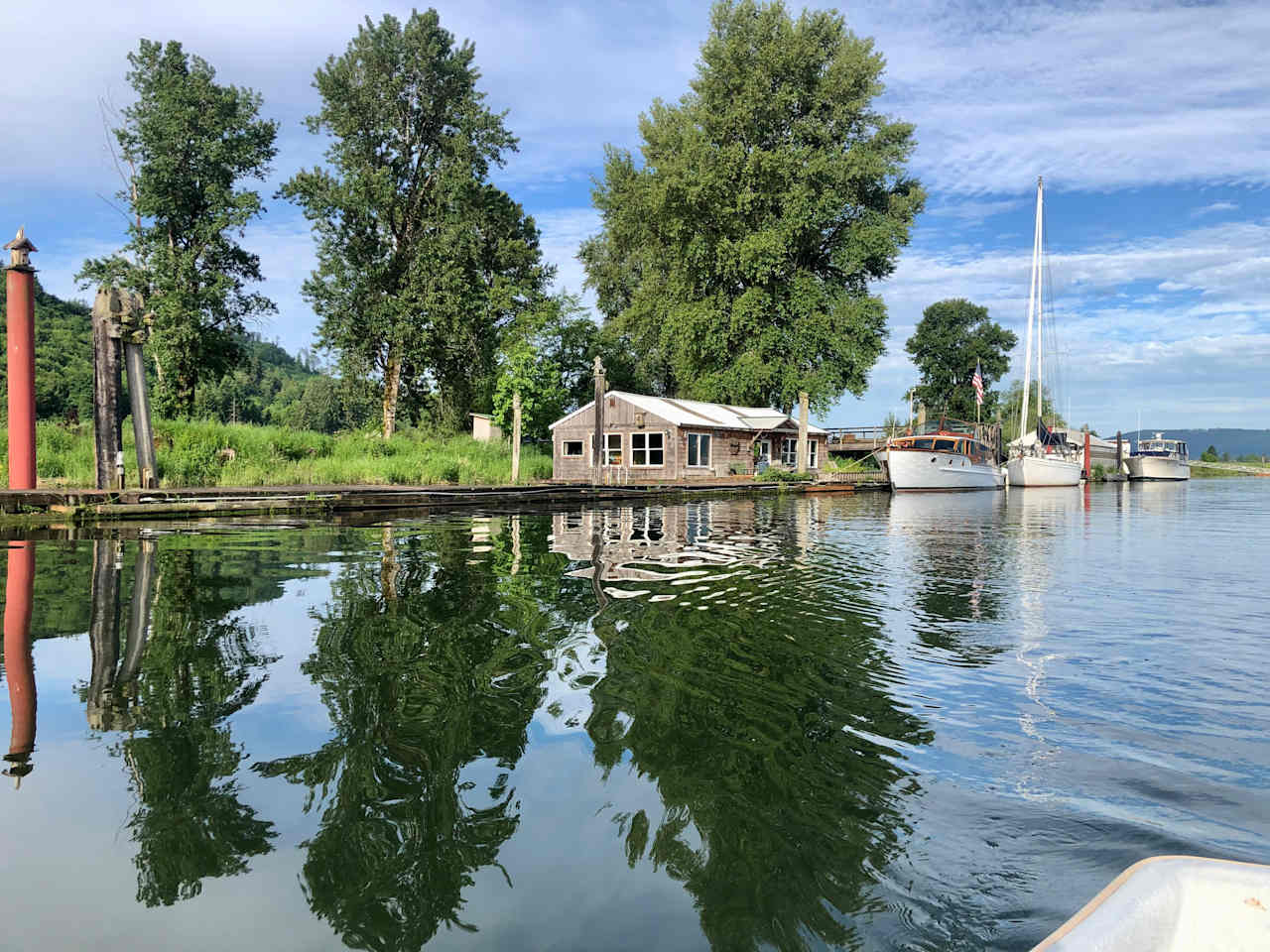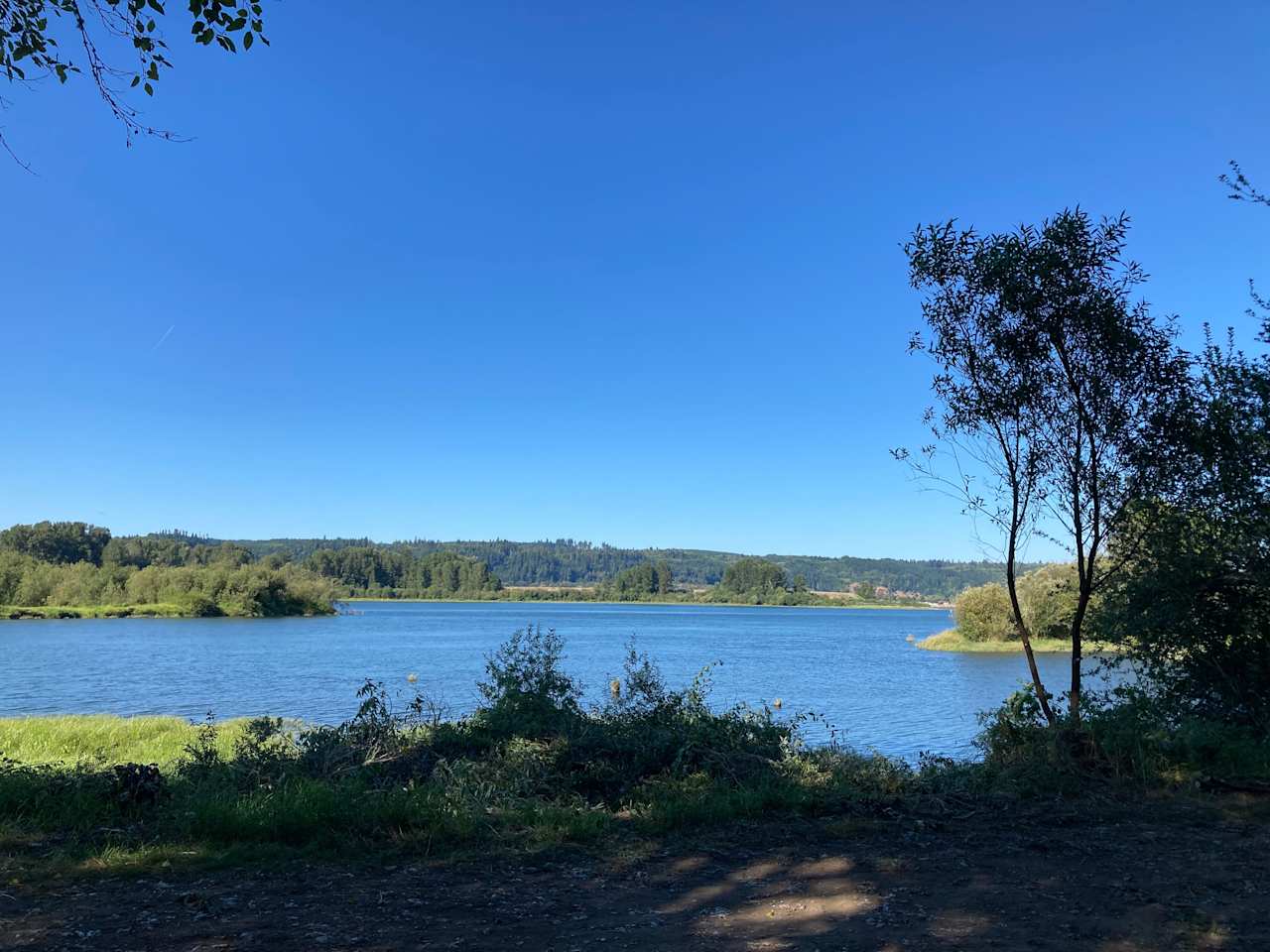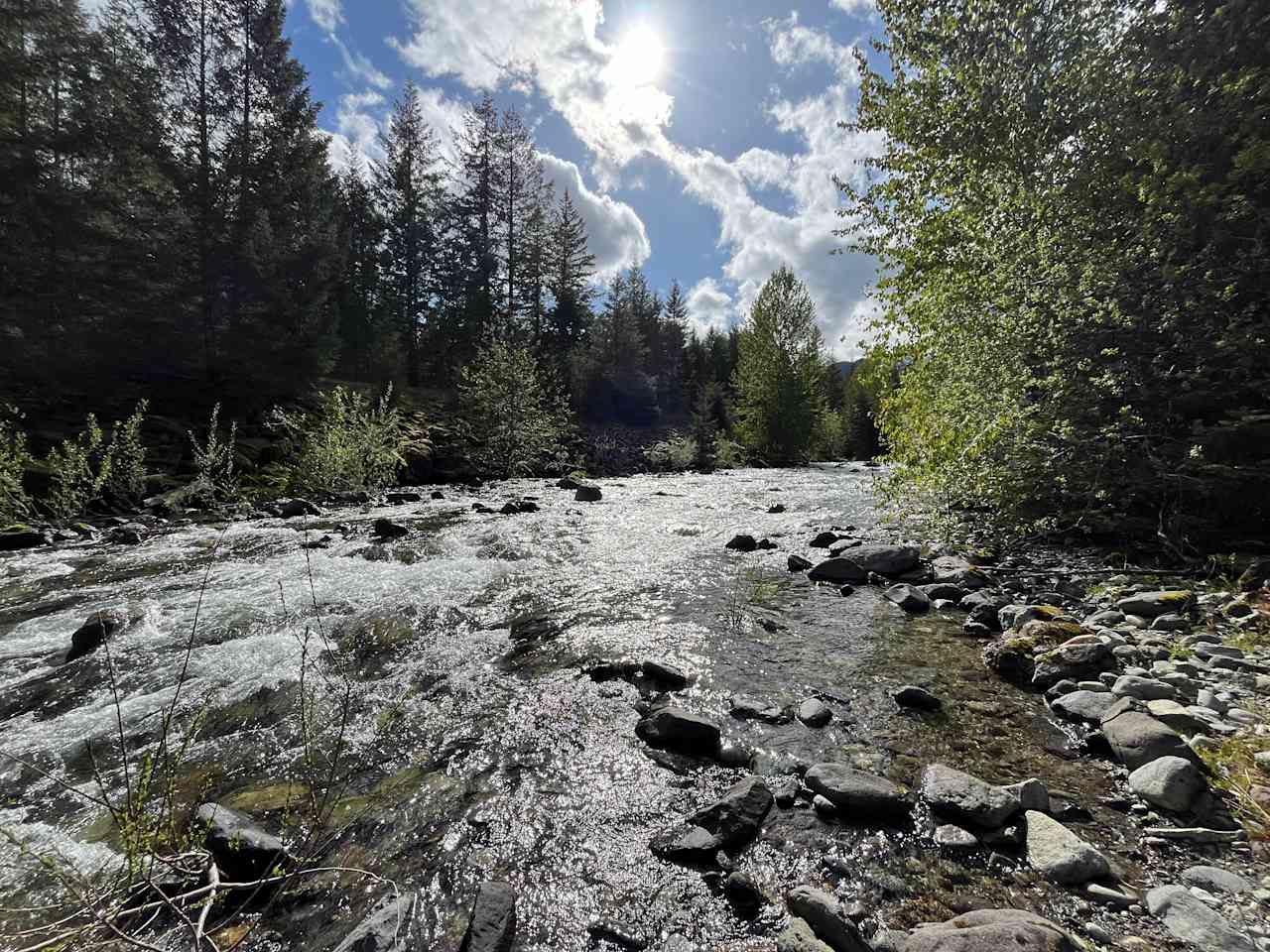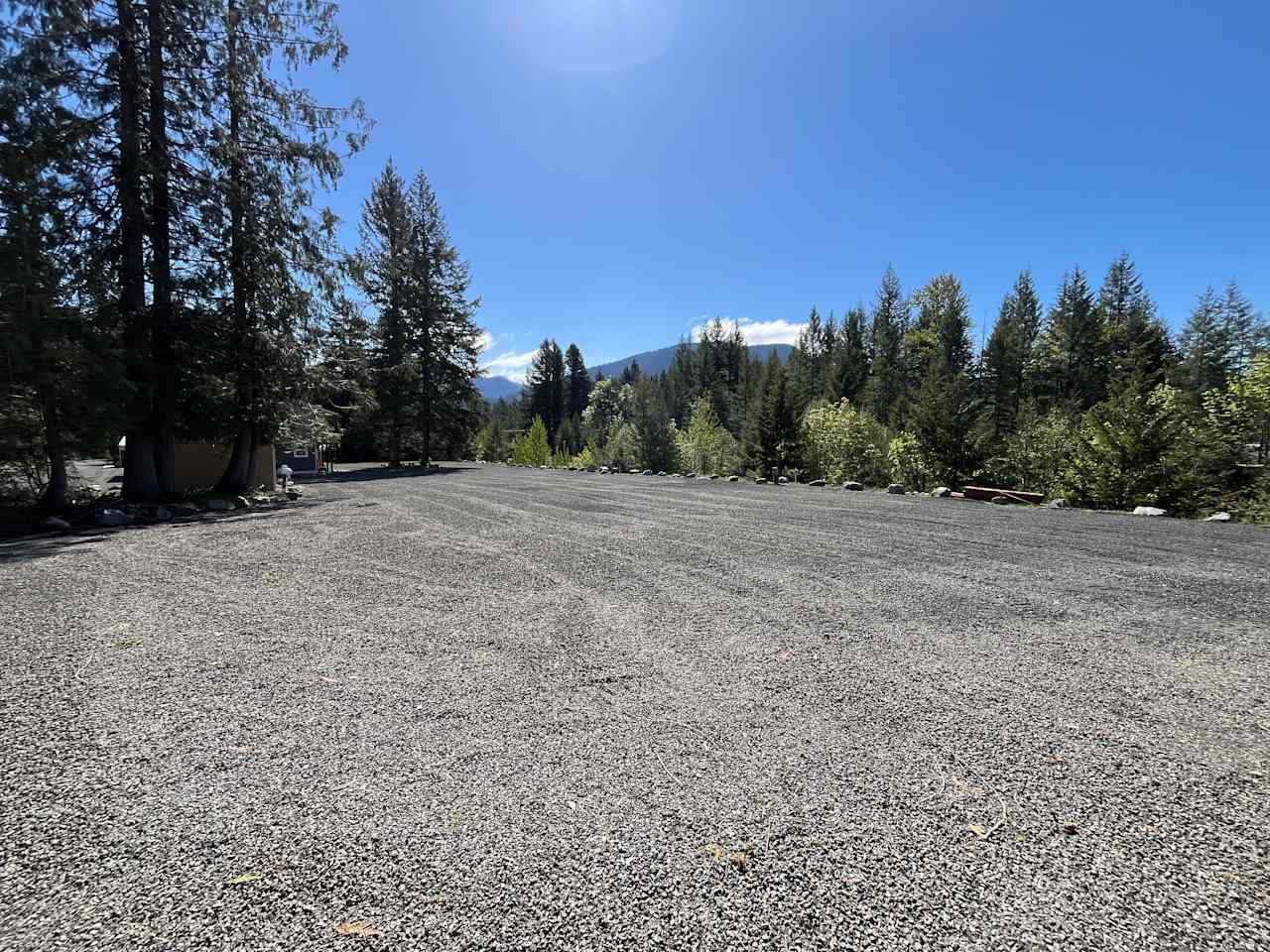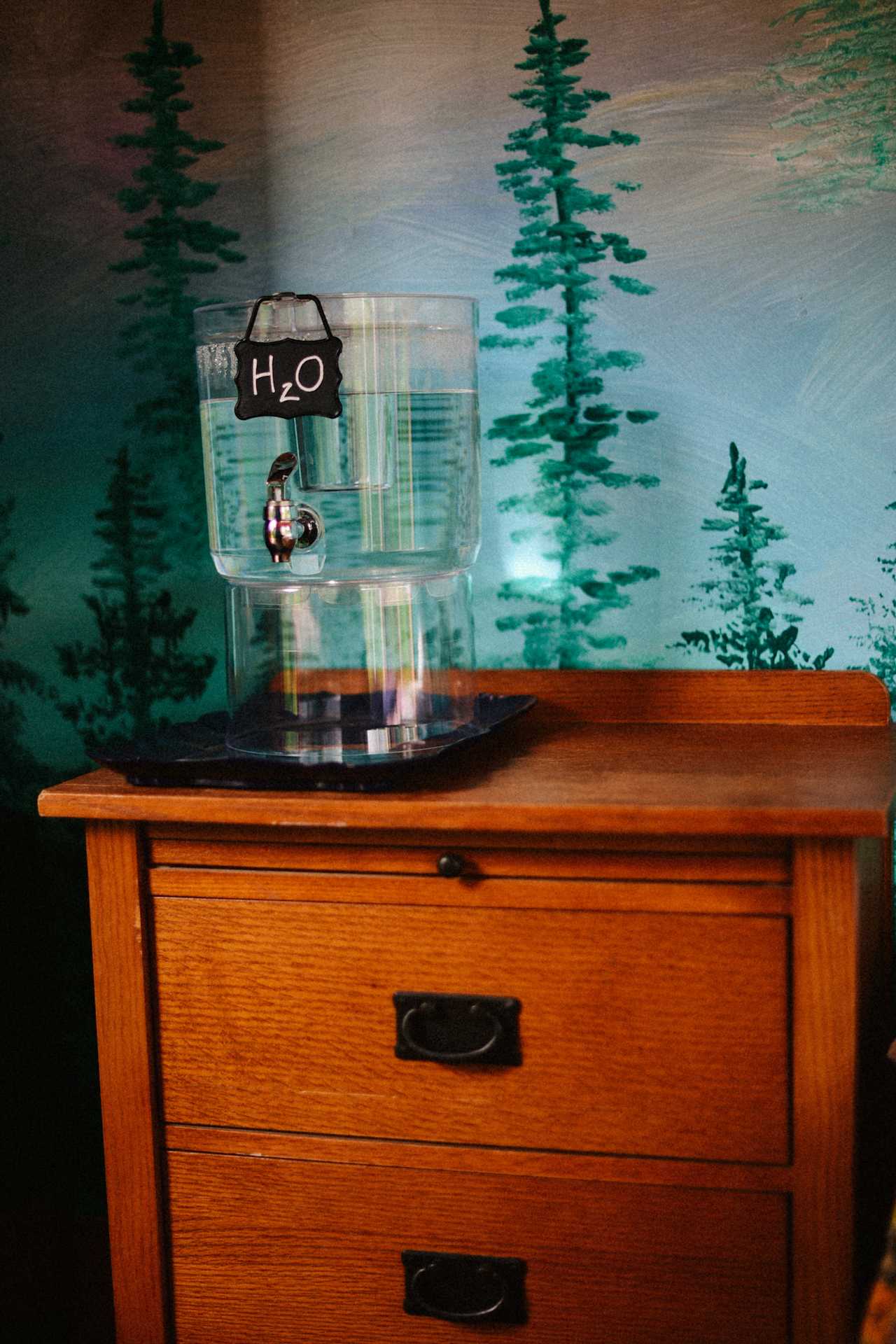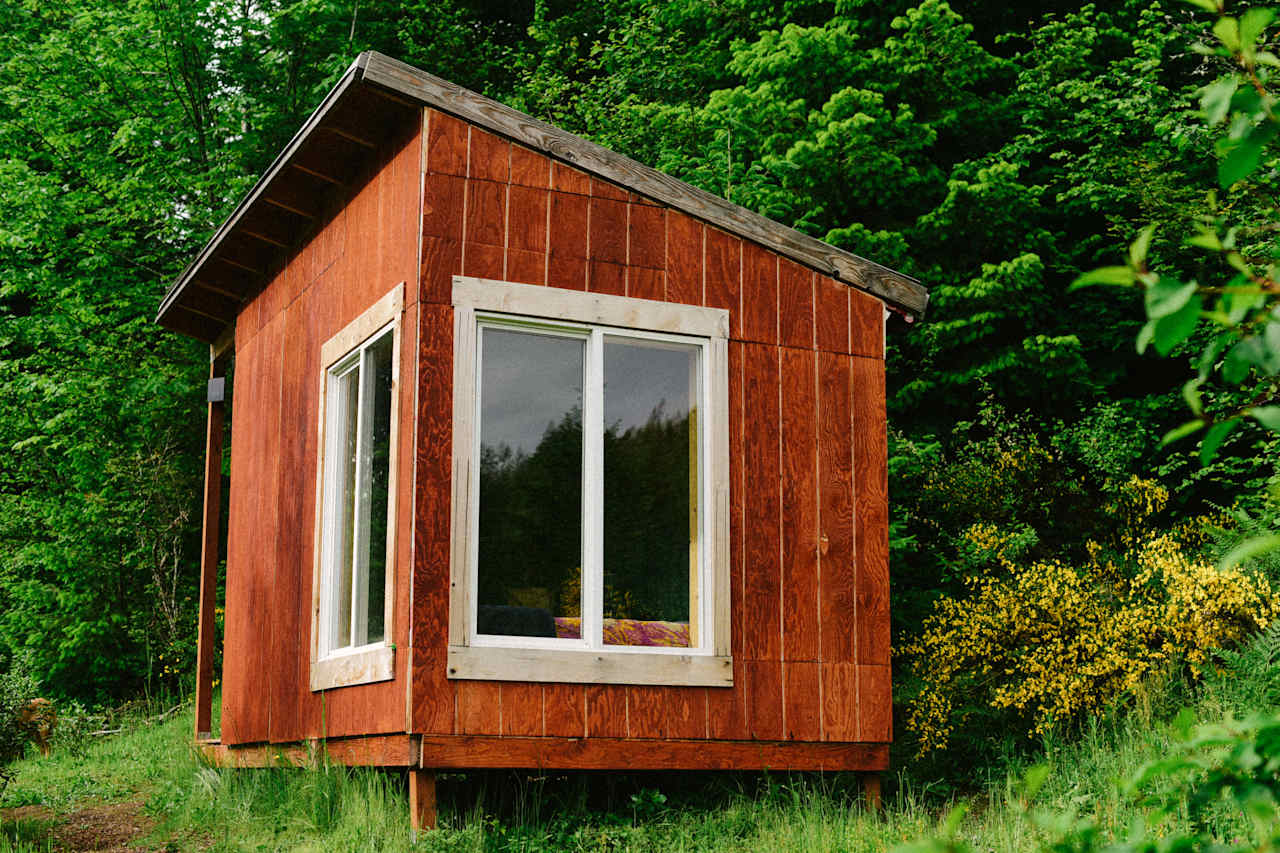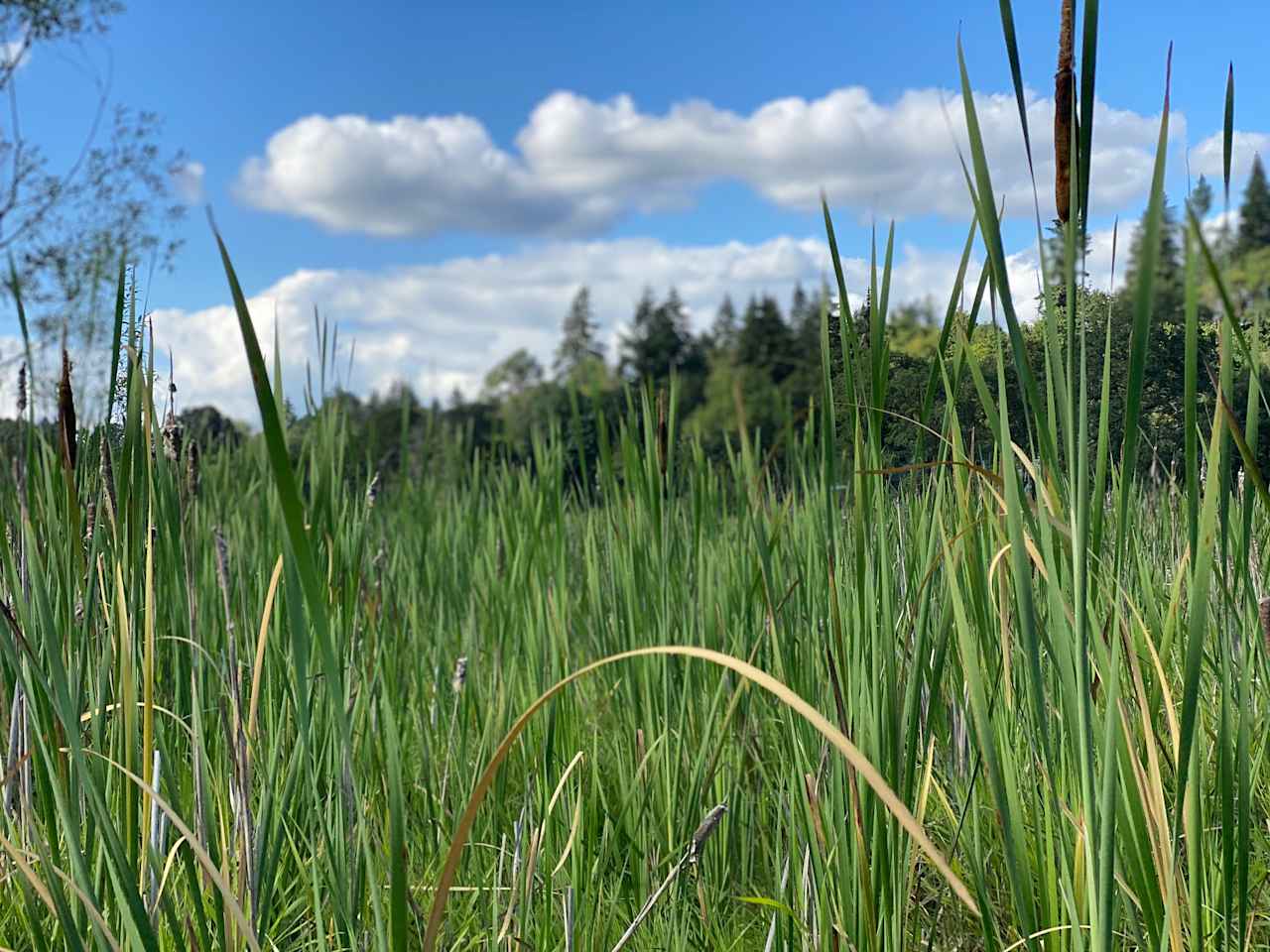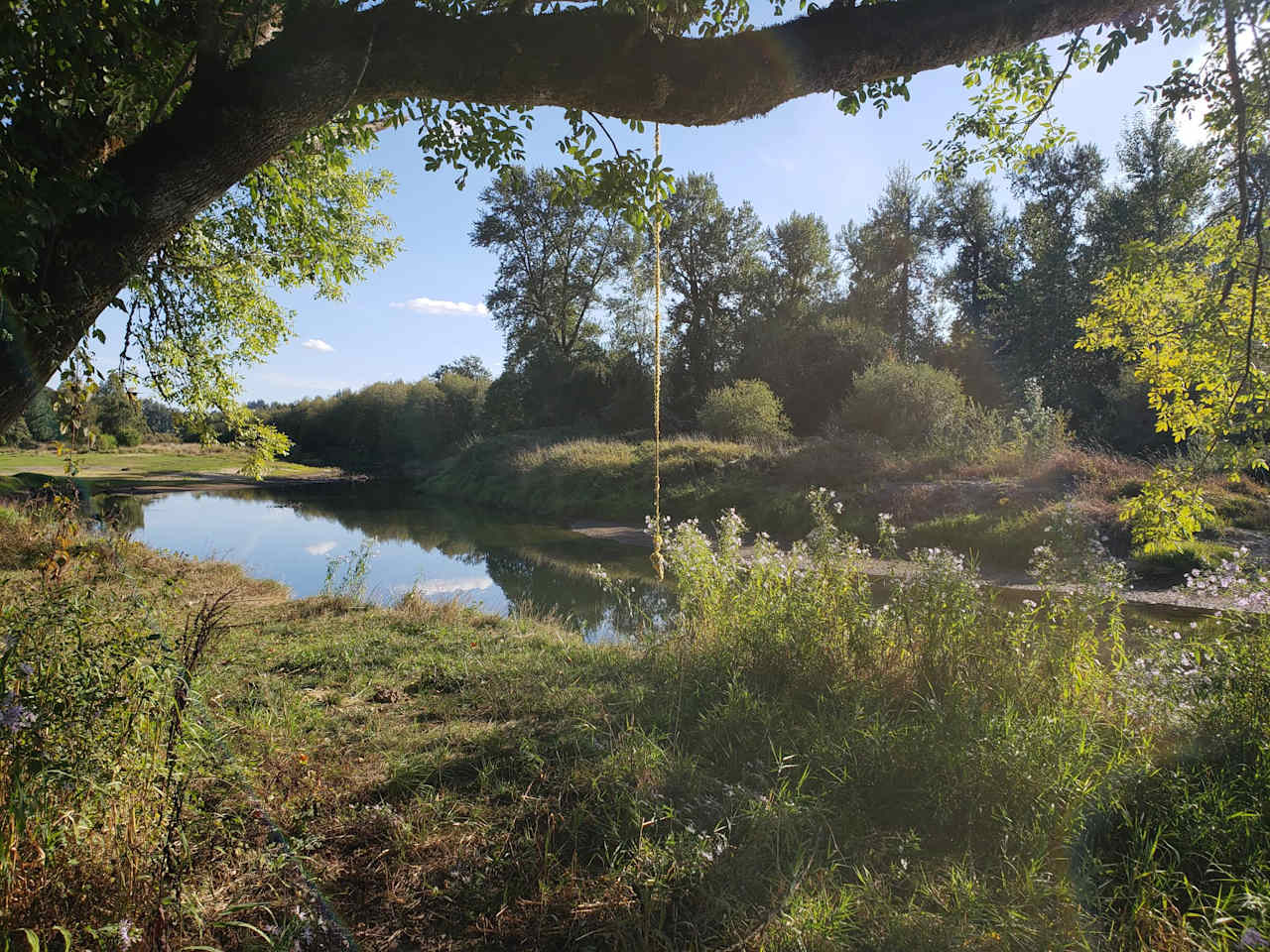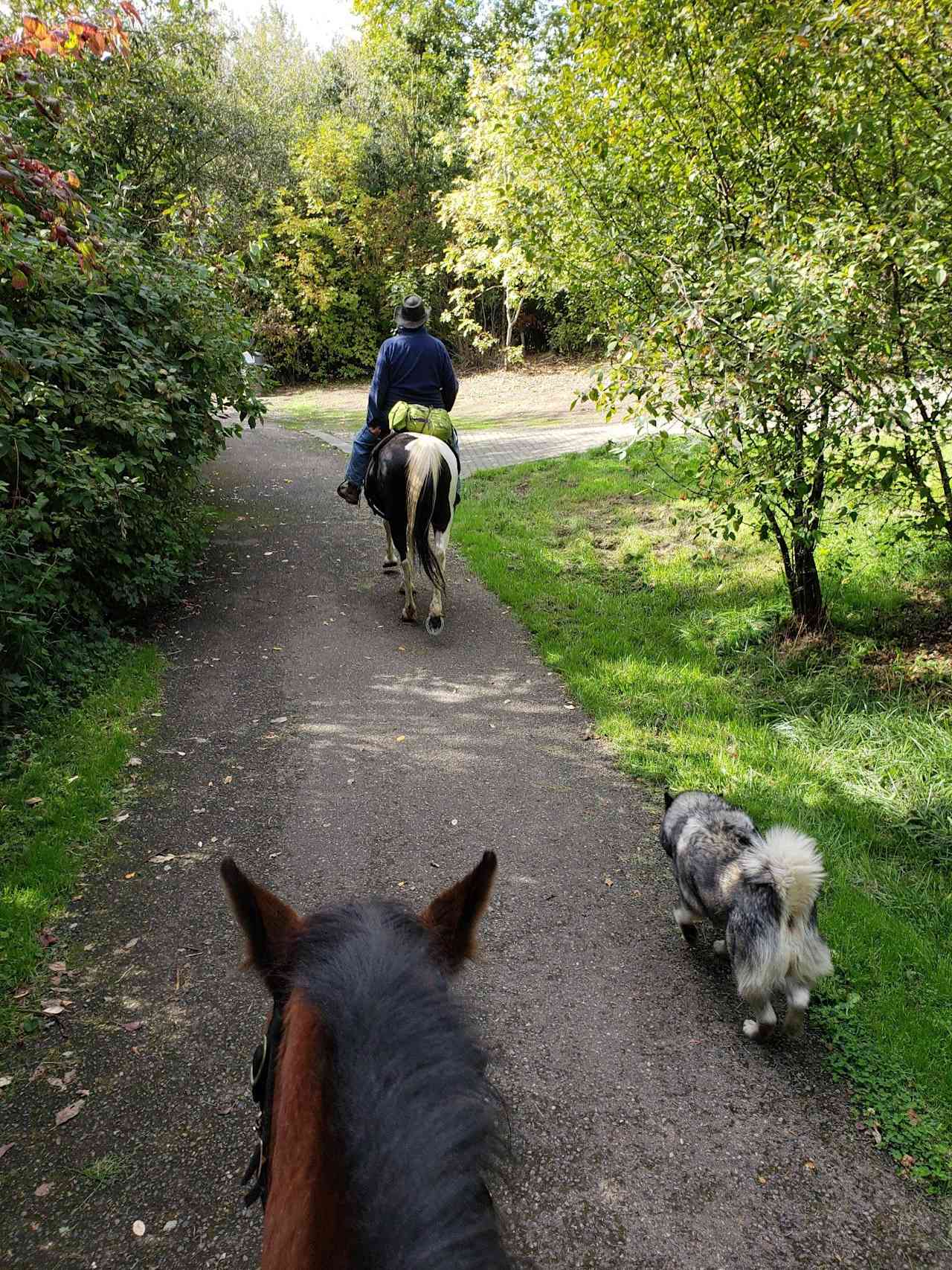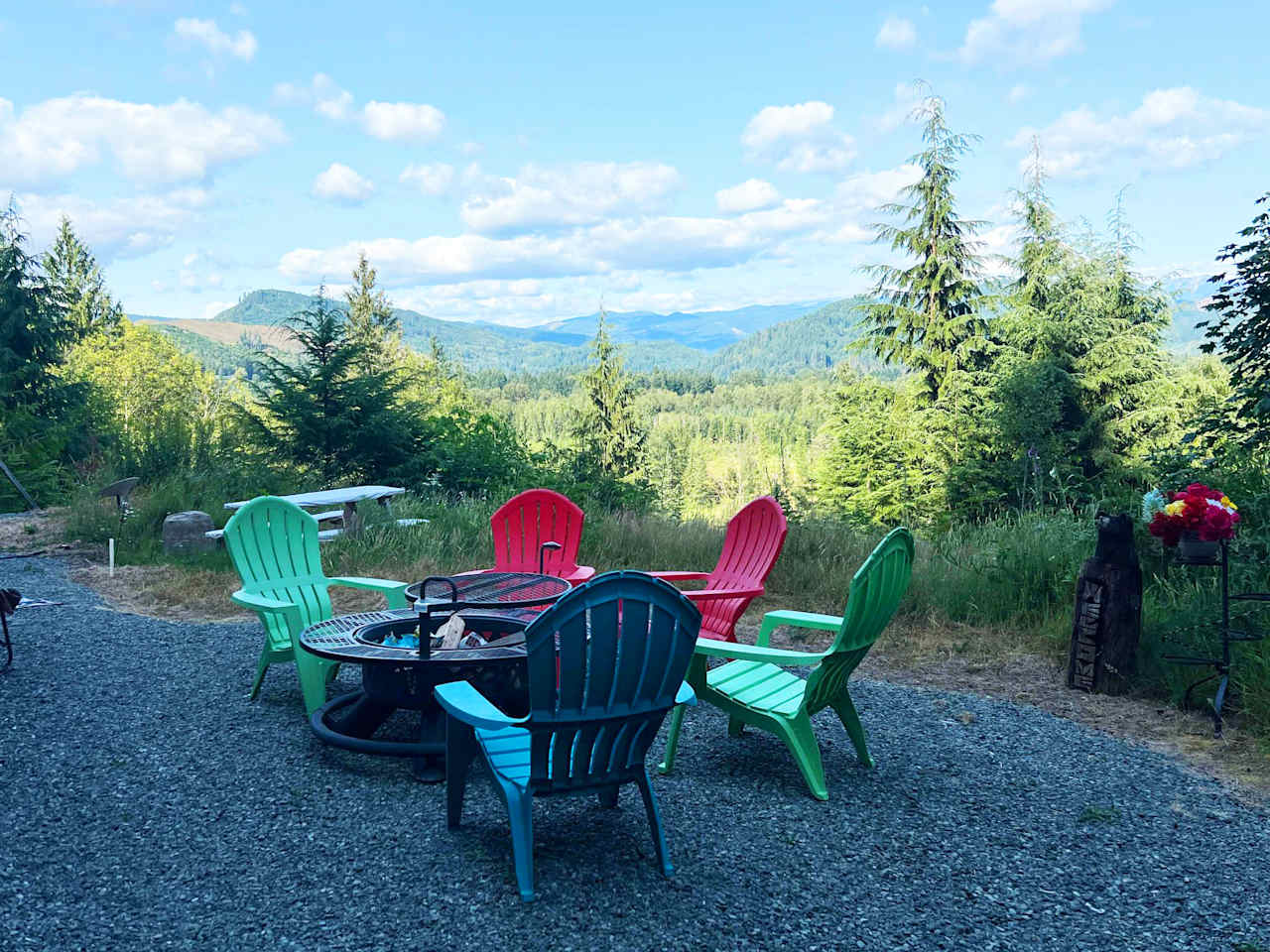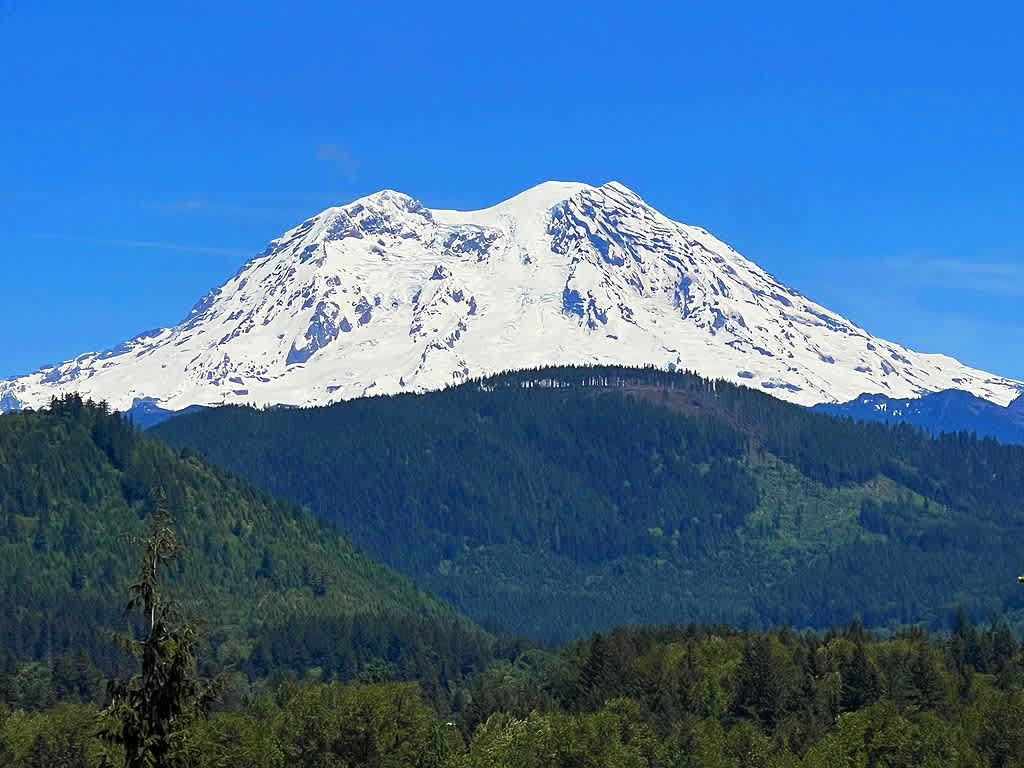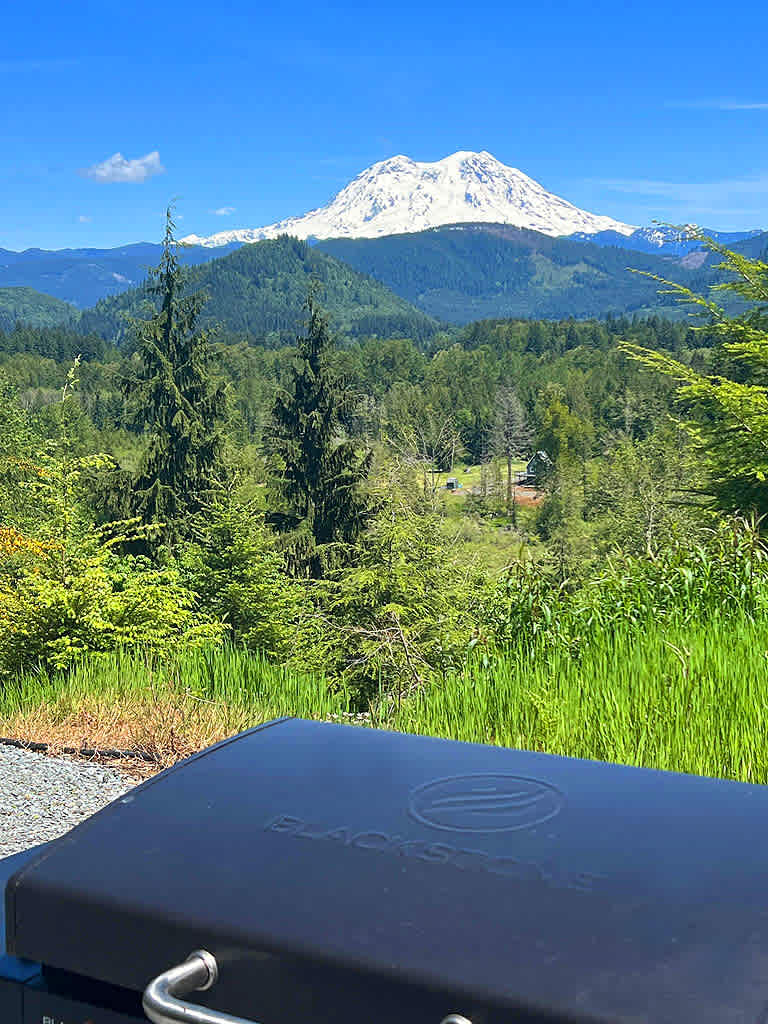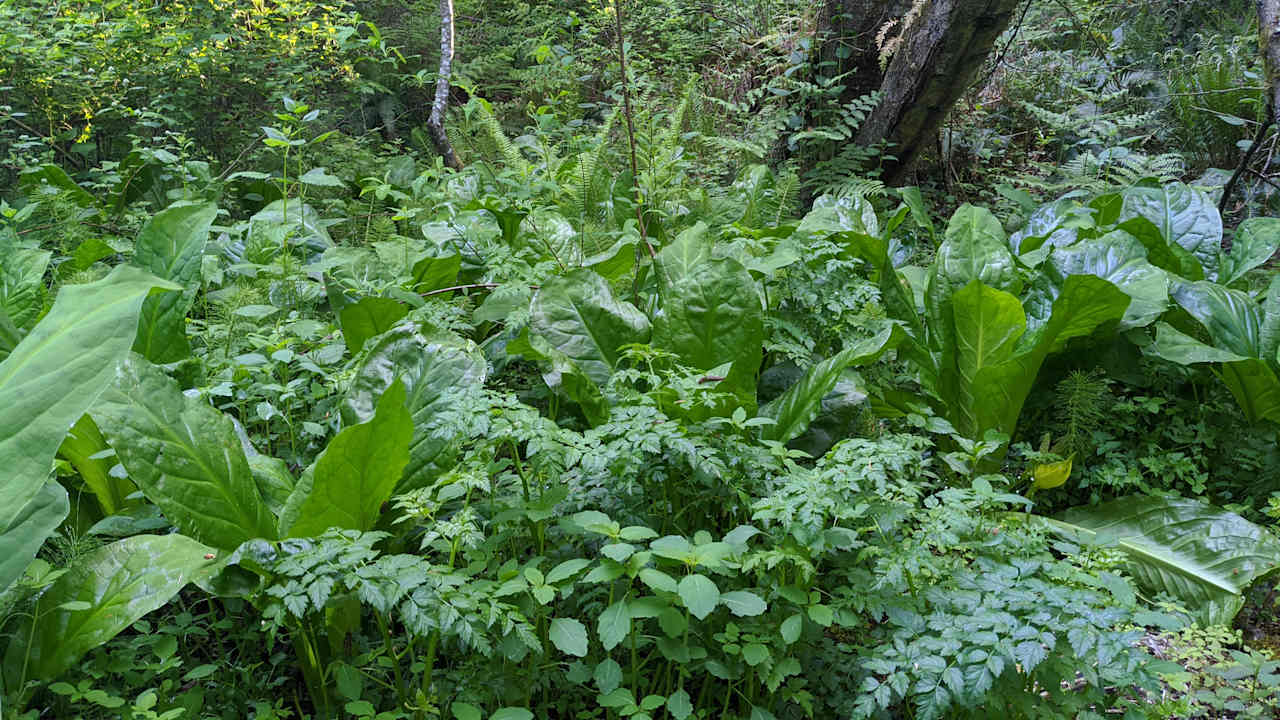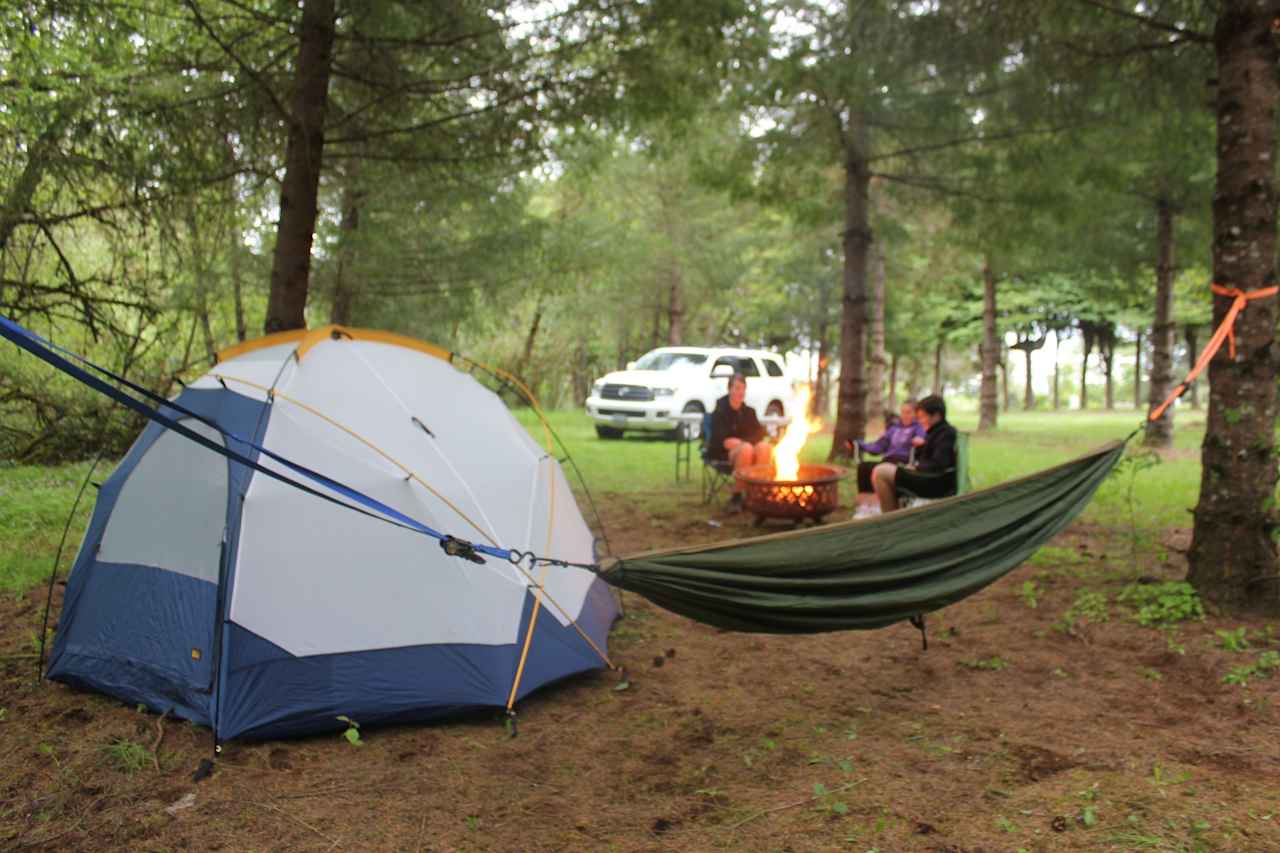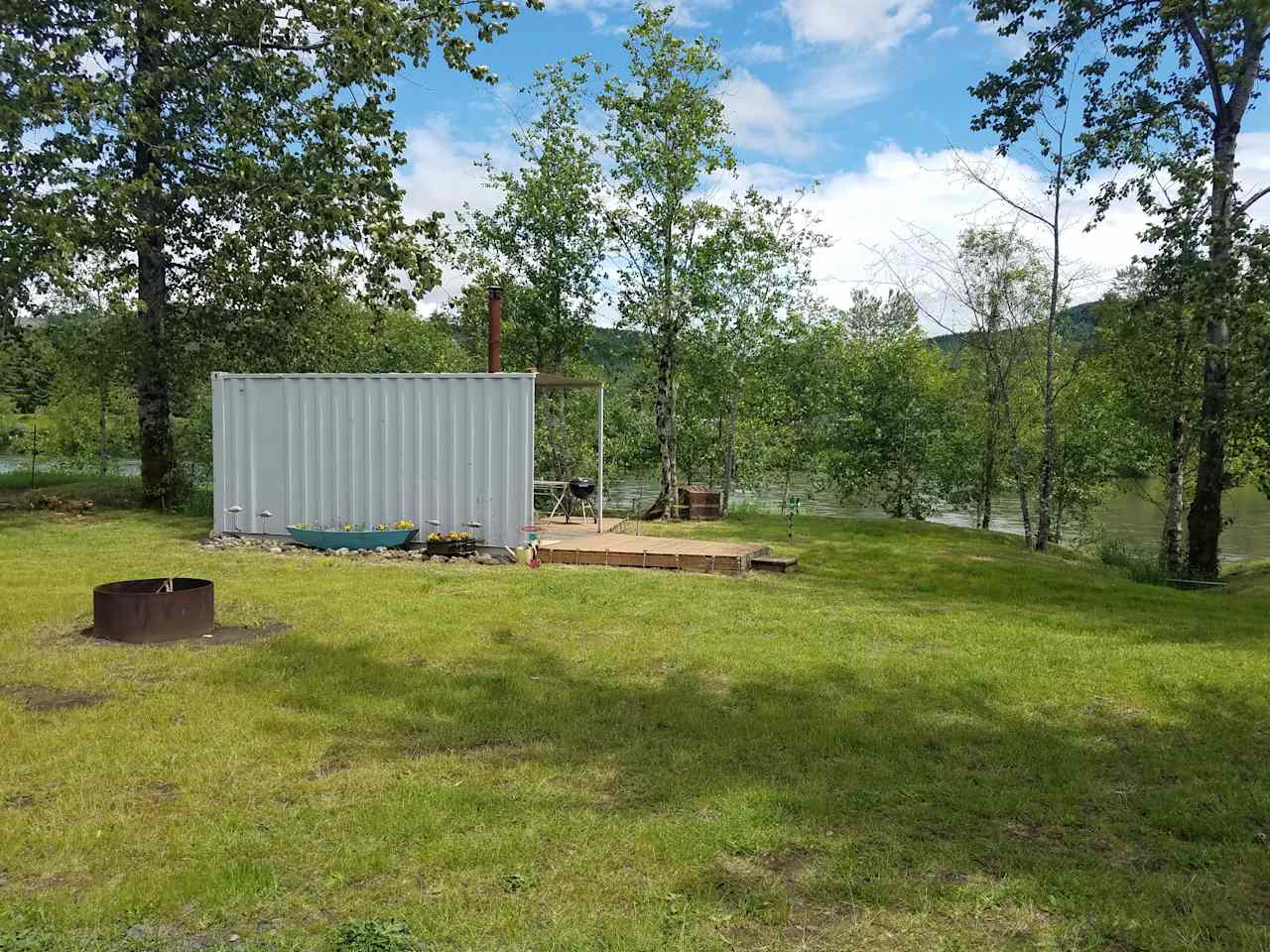Discover the most magical spots to pitch your tent or park your rig on your next Mount St. Helens National Volcanic Monument adventure.
Explore the blast-zone, backcountry, and lava tubes of Mount St. Helens.
Popular ways to camp
Community favorites near Mount St. Helens National Volcanic Monument
Top-rated campgrounds reviewed by the Hipcamp community.
Public campgrounds in the parkBook externally
Stay at a public campground in Mount St. Helens National Volcanic Monument
Top-rated campgrounds near Mount St. Helens National Volcanic Monument
The best camping near Mount St. Helens National Volcanic Monument guide
Overview
About
The 1980 eruption of Mount St. Helens blasted off the conical summit of this Cascade volcano, leaving behind a two-mile-wide crater and a transformed landscape. At Mount St. Helens National Volcanic Monument, visitors can peer into Mount St. Helens’ still active crater from the Johnston Ridge Observatory; hike across the eruption-scarred surrounds; spelunk through a lava tube at the Ape Caves; or attempt a permitted summit of Mount St. Helens’ rim via Monitor Ridge. Although the monument has no campgrounds, it is part of the larger Gifford Pinchot National Forest, which features a variety of camping, hiking, biking, fishing, and boating opportunities. Excellent camping can be found at Gifford Pinchot’s Iron Creek Campground and Kalama Horse Camp, as well as at nearby Seaquest State Park. For more camping options close to Mount St. Helens, including RV parks with full hookups and cabins, check out the nearby towns of St. Helens, Cougar, and Morton.
Tips for snagging a campsite
- Campsites in the Gifford Pinchot National Forest are a mix of reservable and first-come, first-served options.
- Reservable sites can be booked online or by calling (877) 444-6777.
- Some Gifford Pinchot campgrounds are seasonal, operating from mid-May to mid-October. For specific info on the current season, call the park ranger’s office at (360) 449-7800.
When to go
Most visitors come to the Mount St. Helens National Volcanic Monument between mid-May and October. This is when the seasonal John Ridge Observatory and most nearby campsites are open. Spring visitors may enjoy wildflower blooms, while even summer campers can expect low temperatures in the 50s. Rain gear is advised year-round, though winter visitors should prepare for the possibility of driving and hiking on snow and ice.
Know before you go
- The Johnston Ridge Observatory features a museum covering the volcano’s geology, viewpoints, and trailheads into the blast zone.
- The Ape Cave on the south side of Mount St. Helens offers 2.5 miles of subterranean hiking, scrambling, and climbing through a lava tube. Reservations are required—and be sure to bring a flashlight or headlamp.
- Experienced climbers can attempt to reach the 8,365-foot summit of Mount St. Helens’ crater rim via the Monitor Ridge Route. Permits are required to go above 4,800 feet, and depending on conditions, snowshoes and crampons may be necessary.
Top parks near Mount St. Helens National Volcanic Monument
- Mount St. Helens National Volcanic Monument
